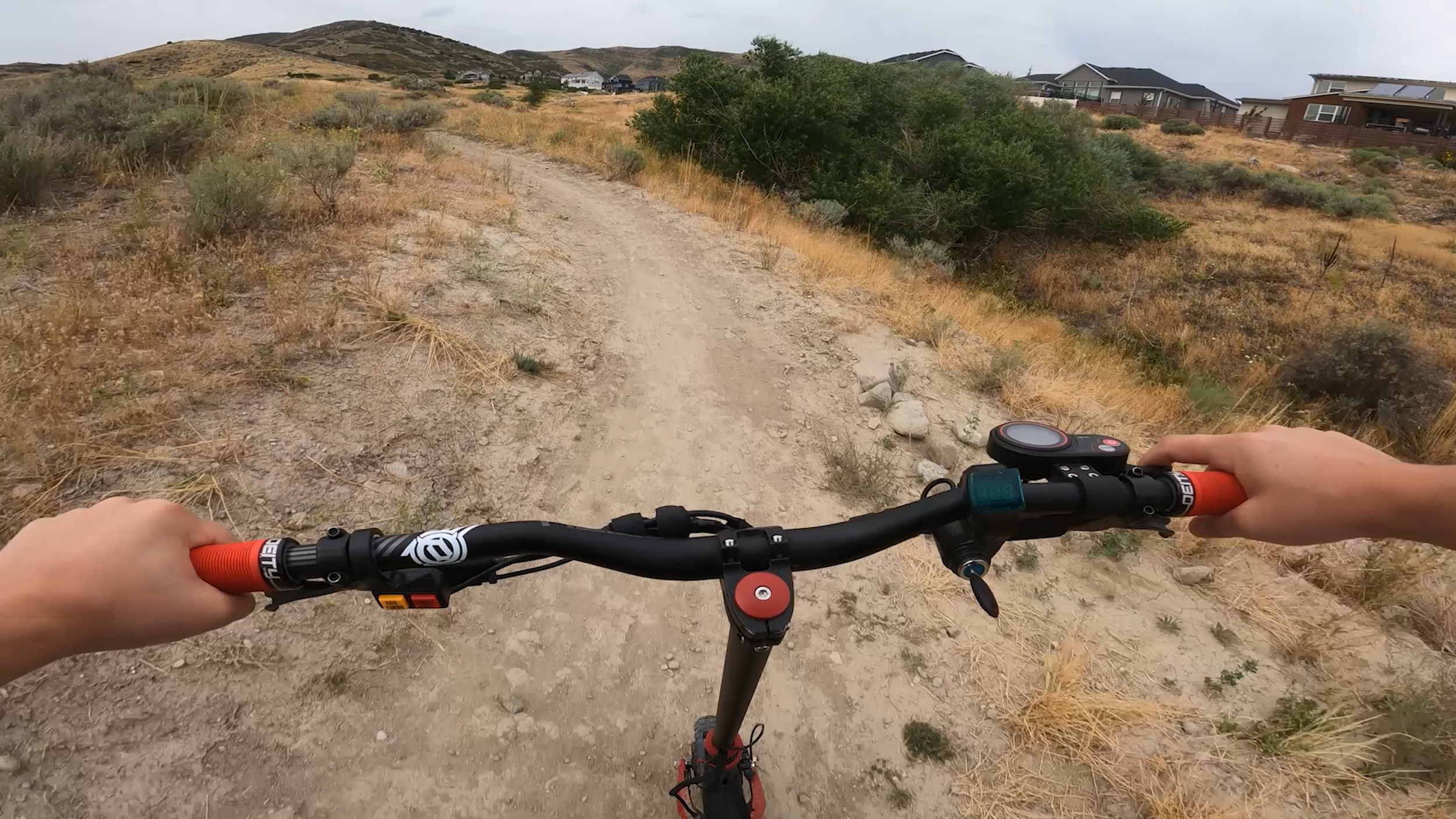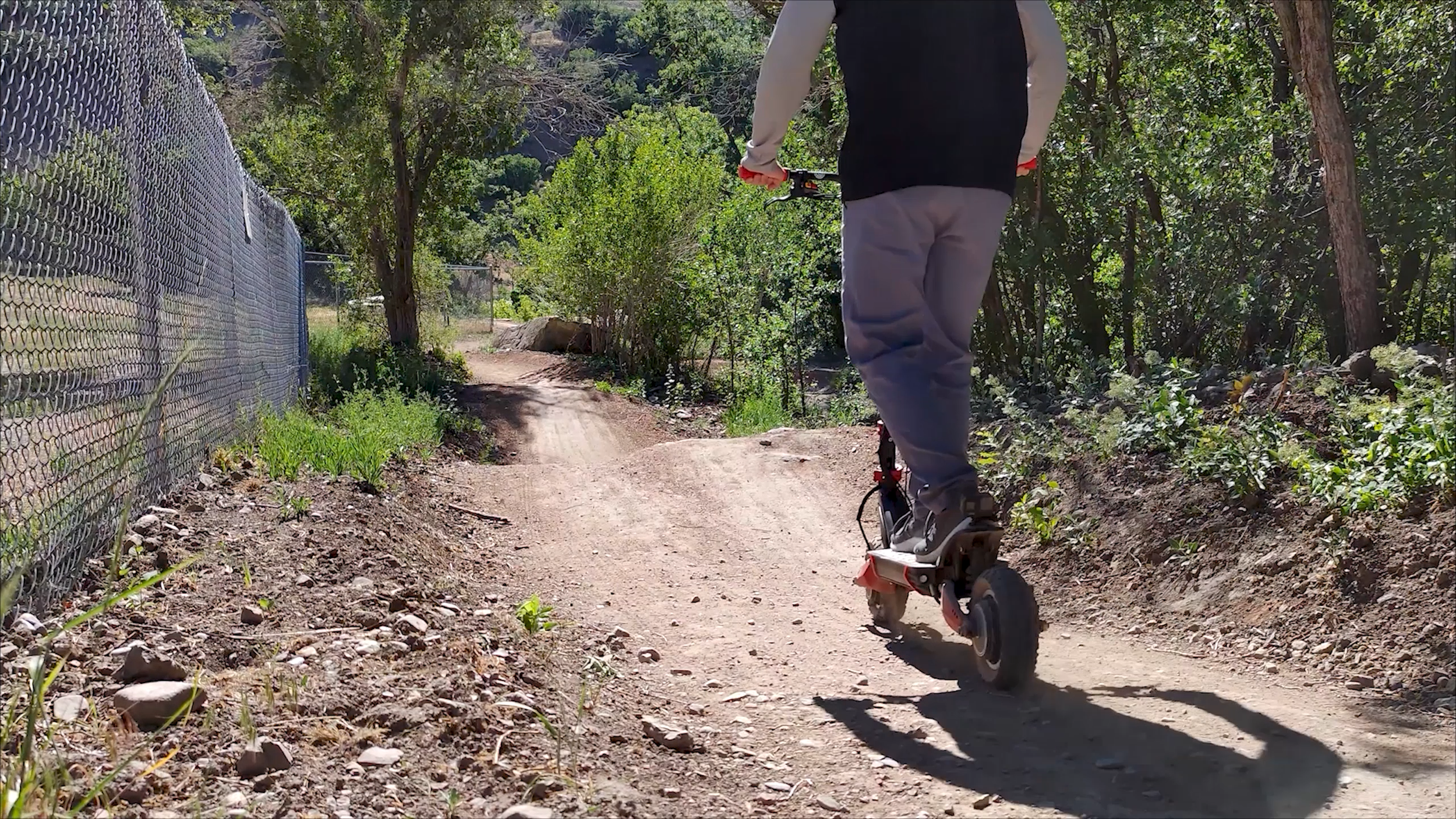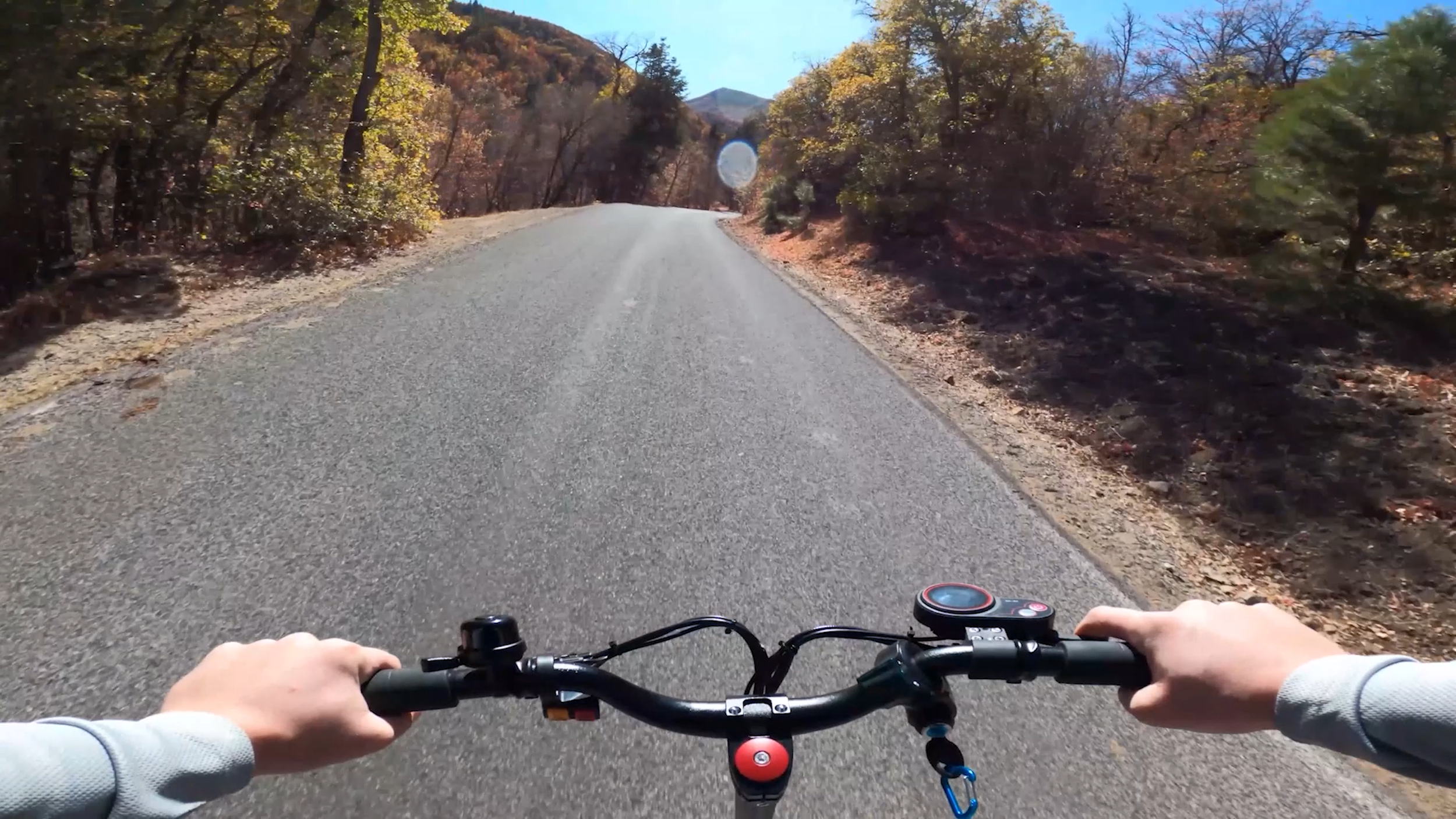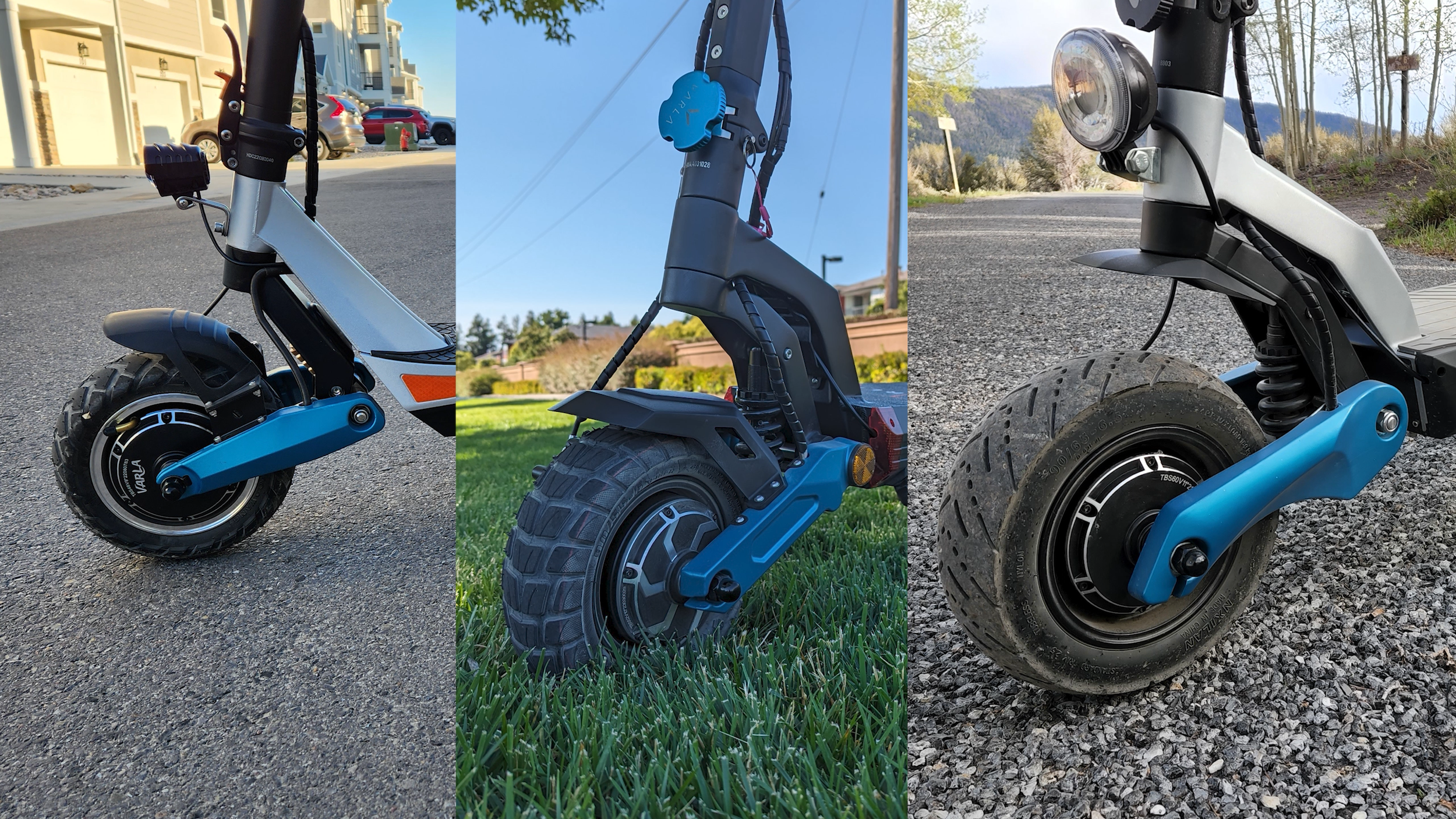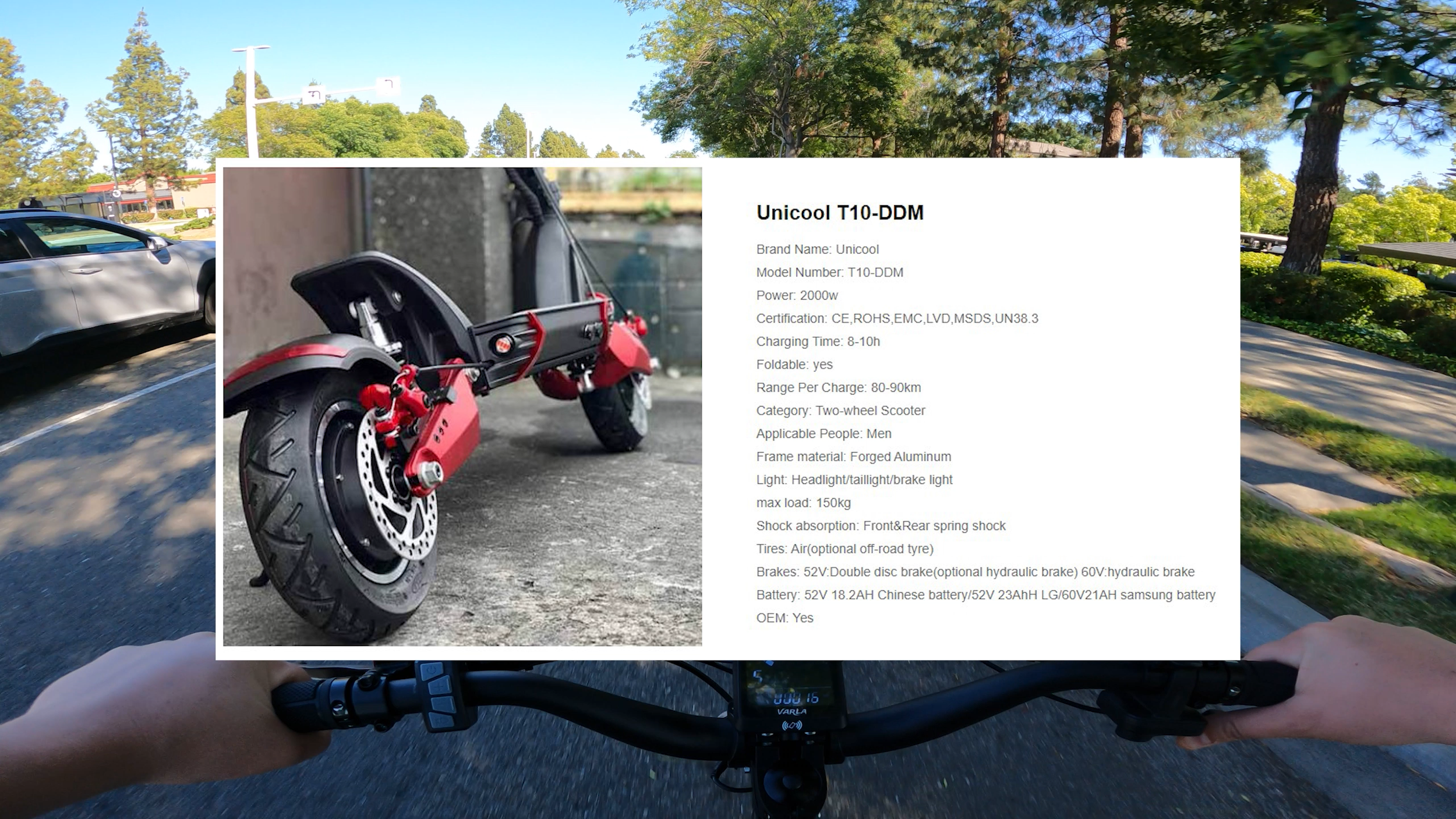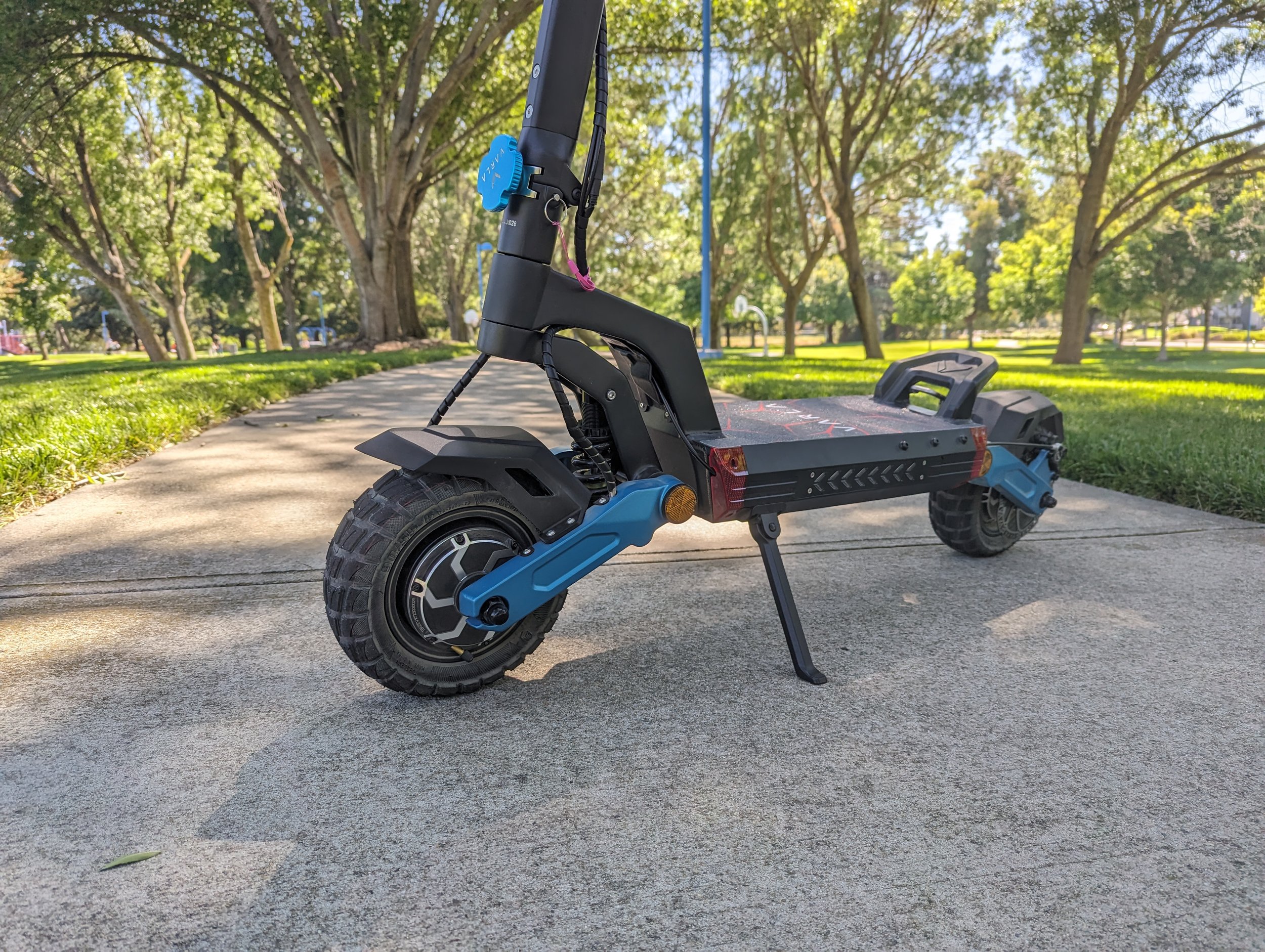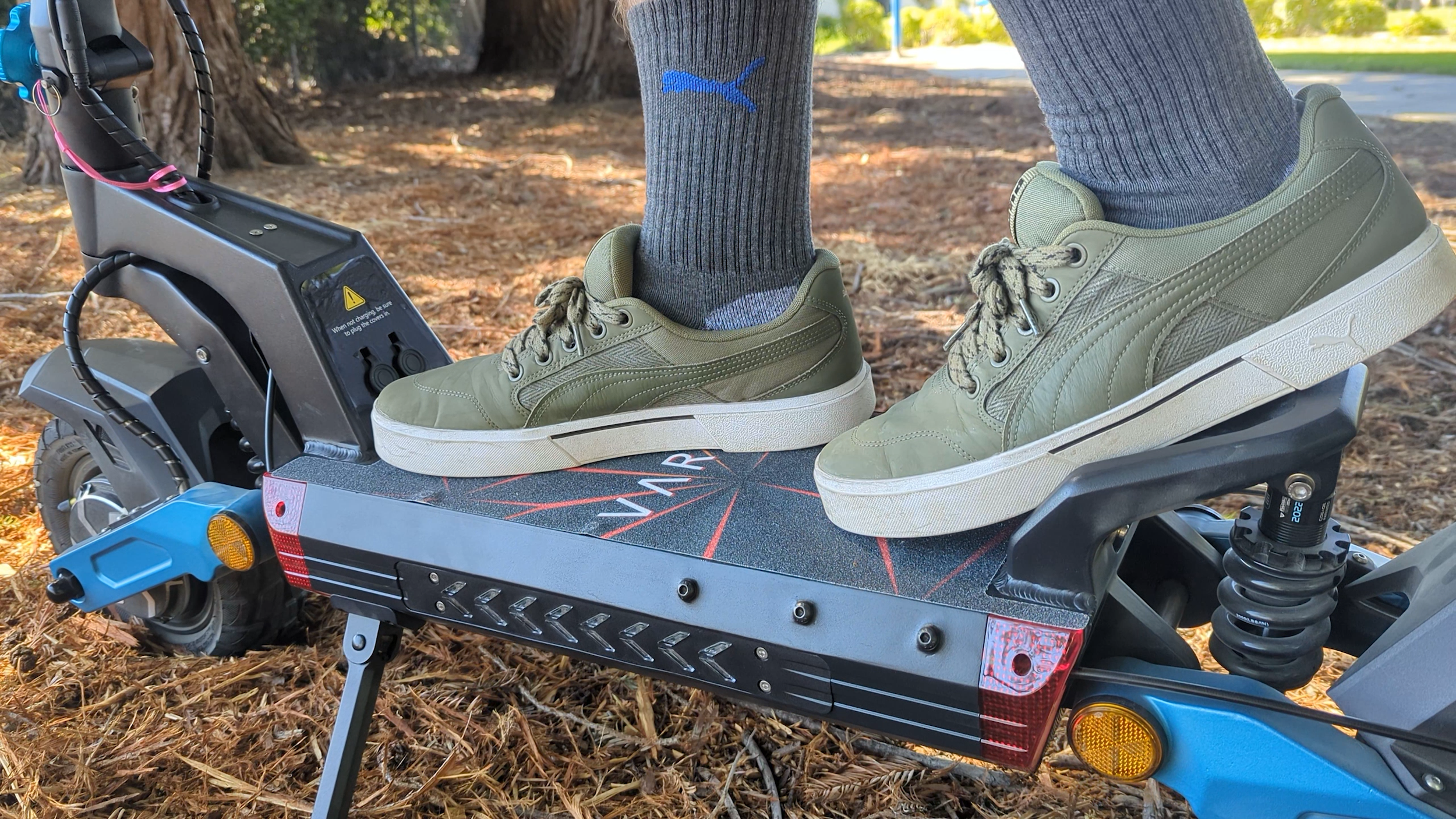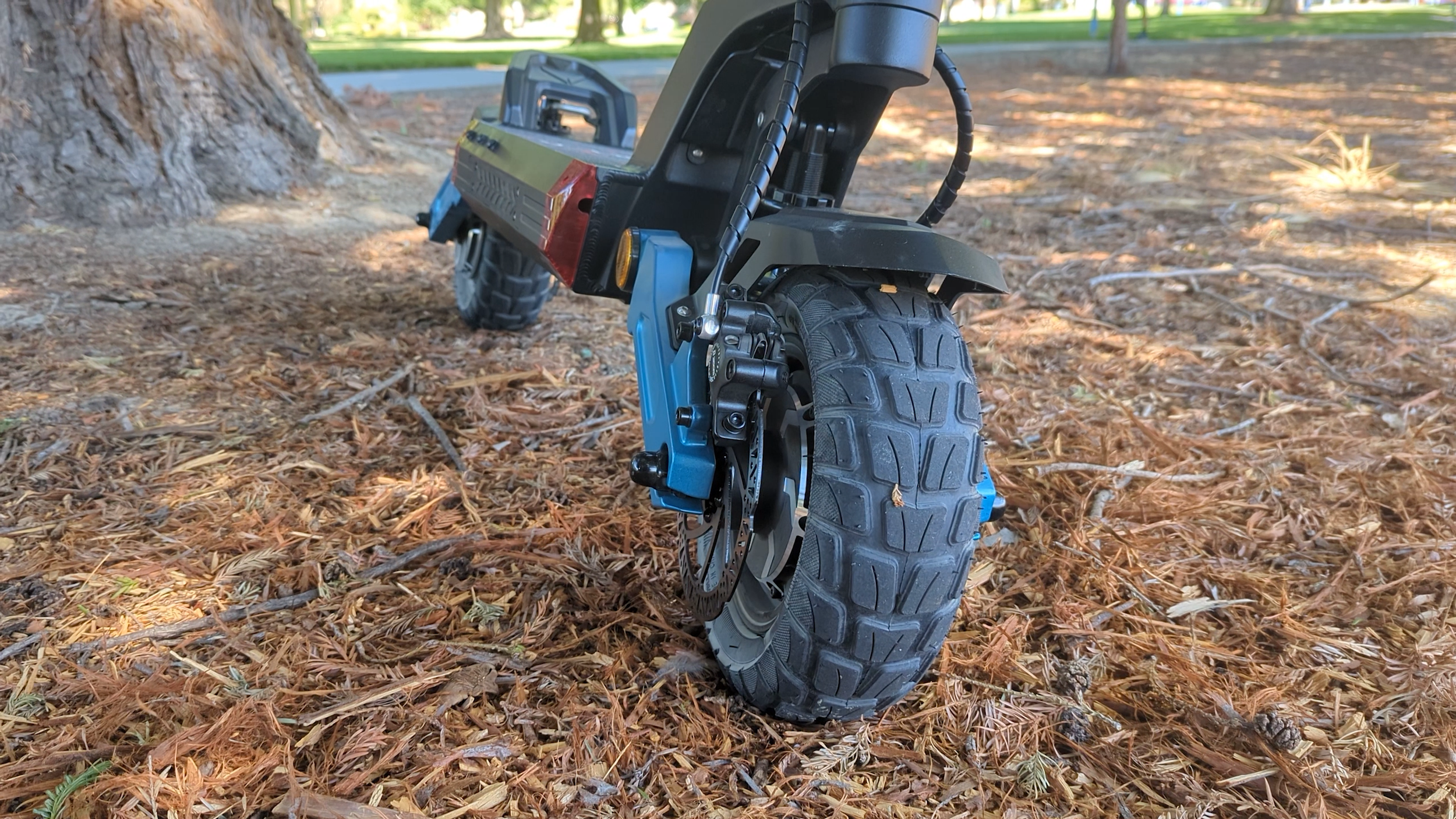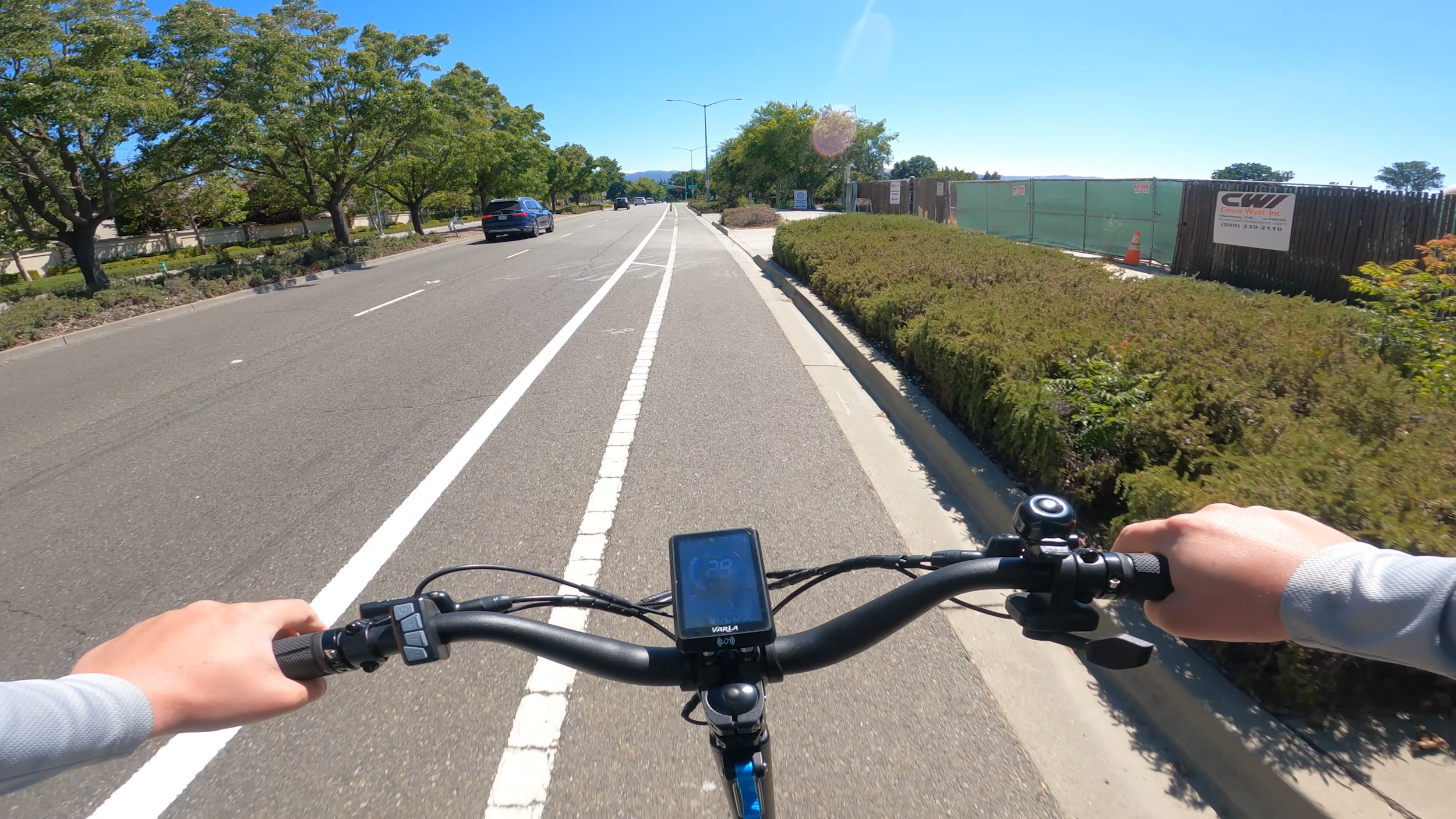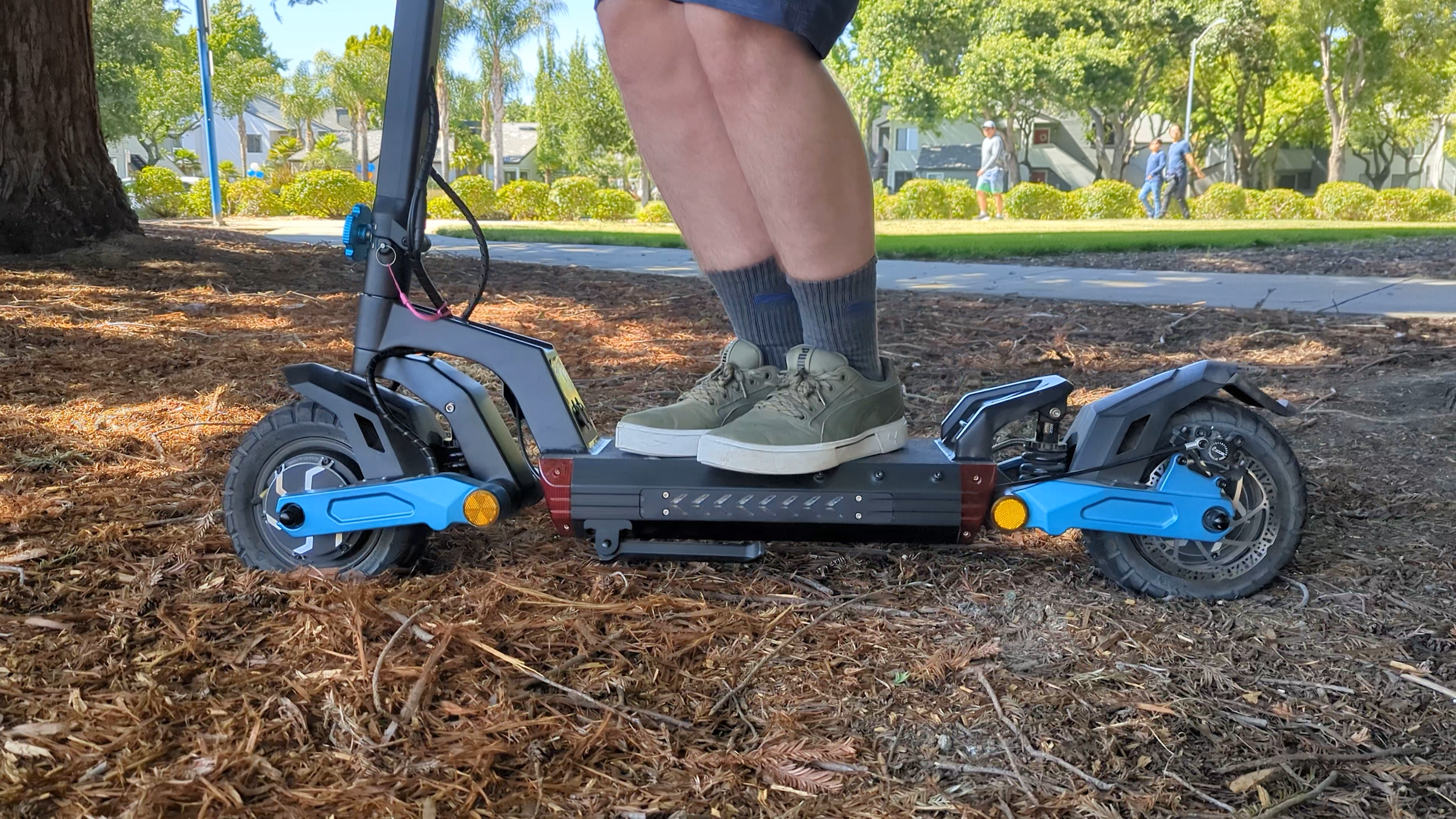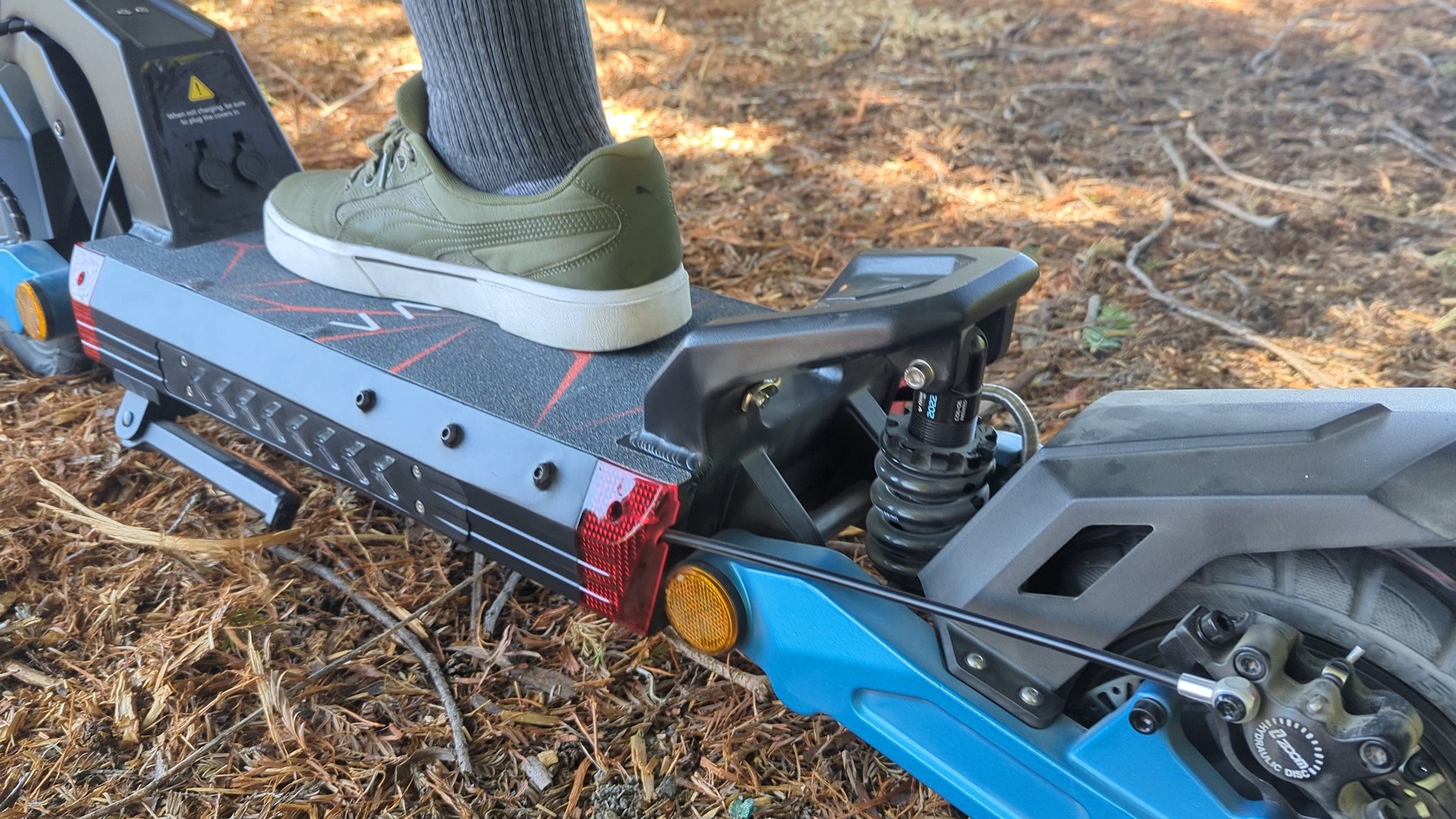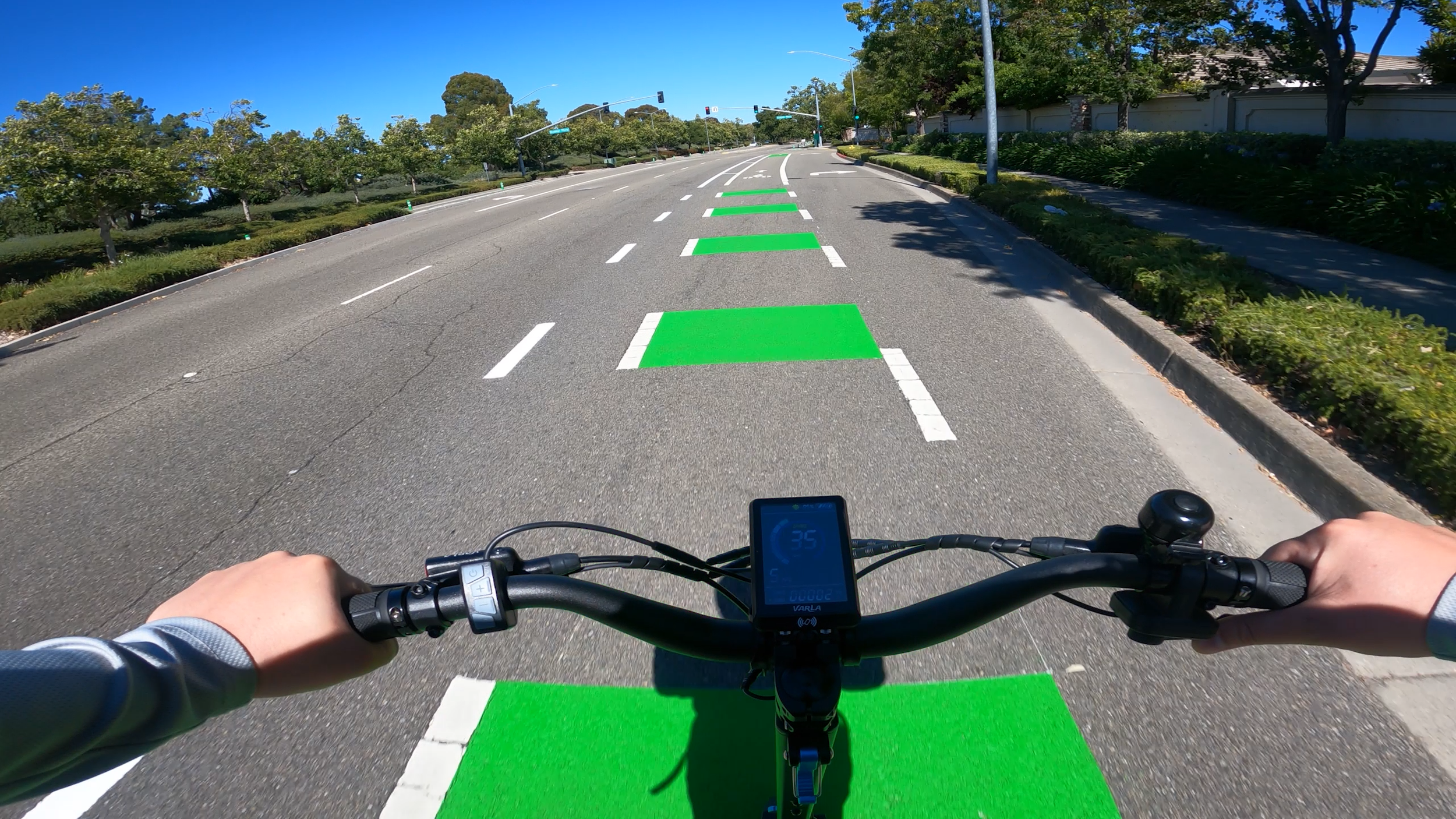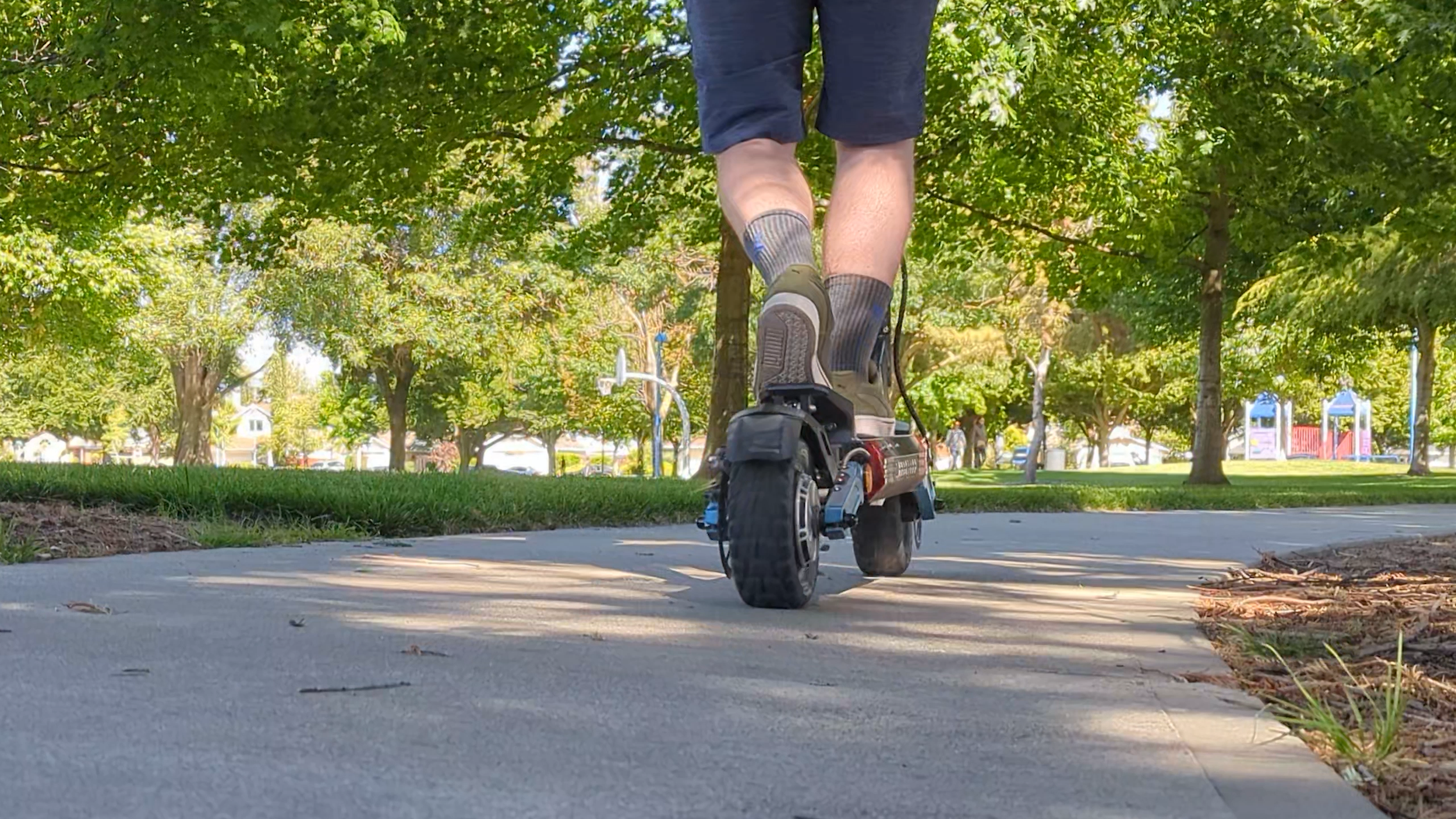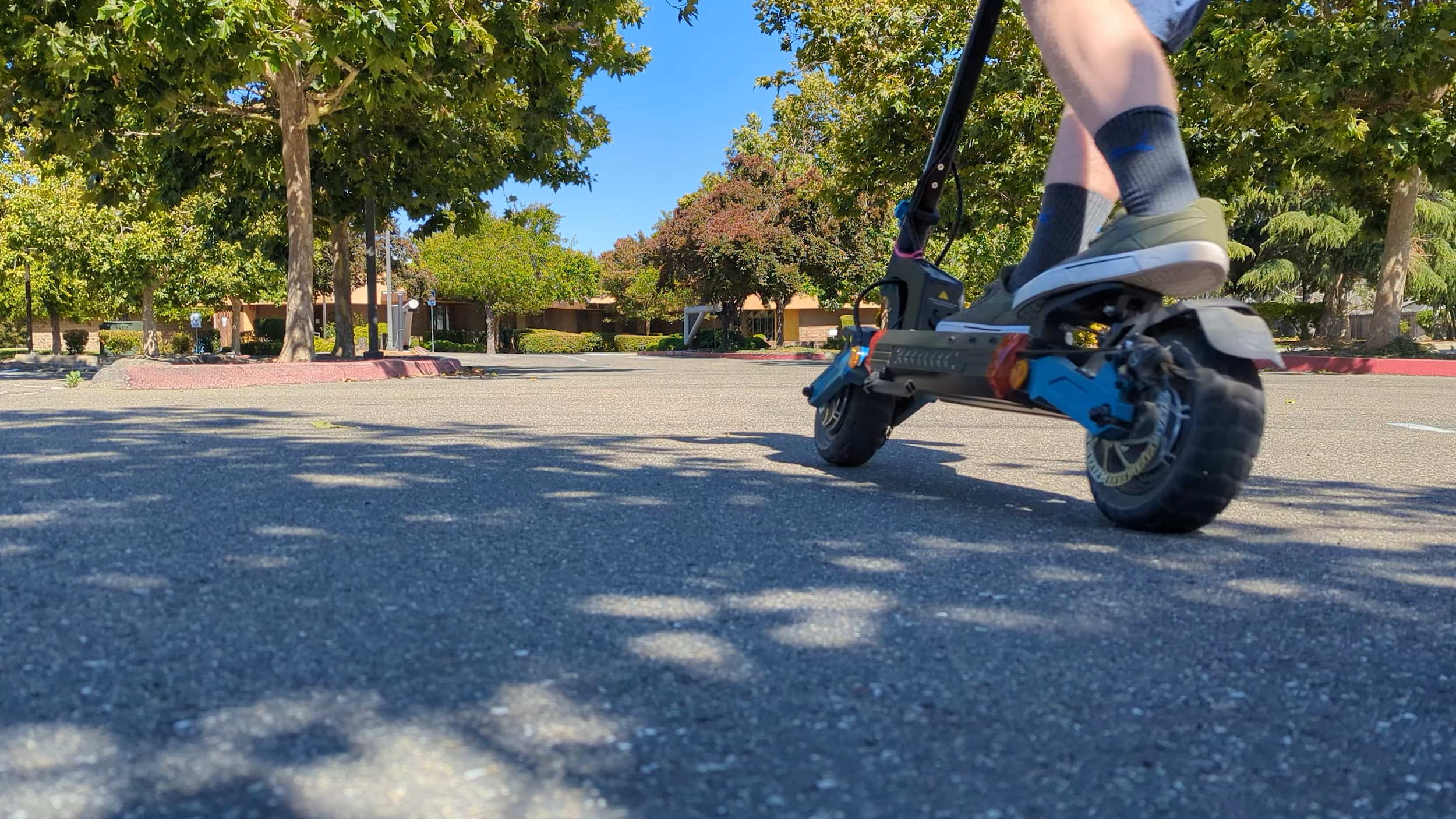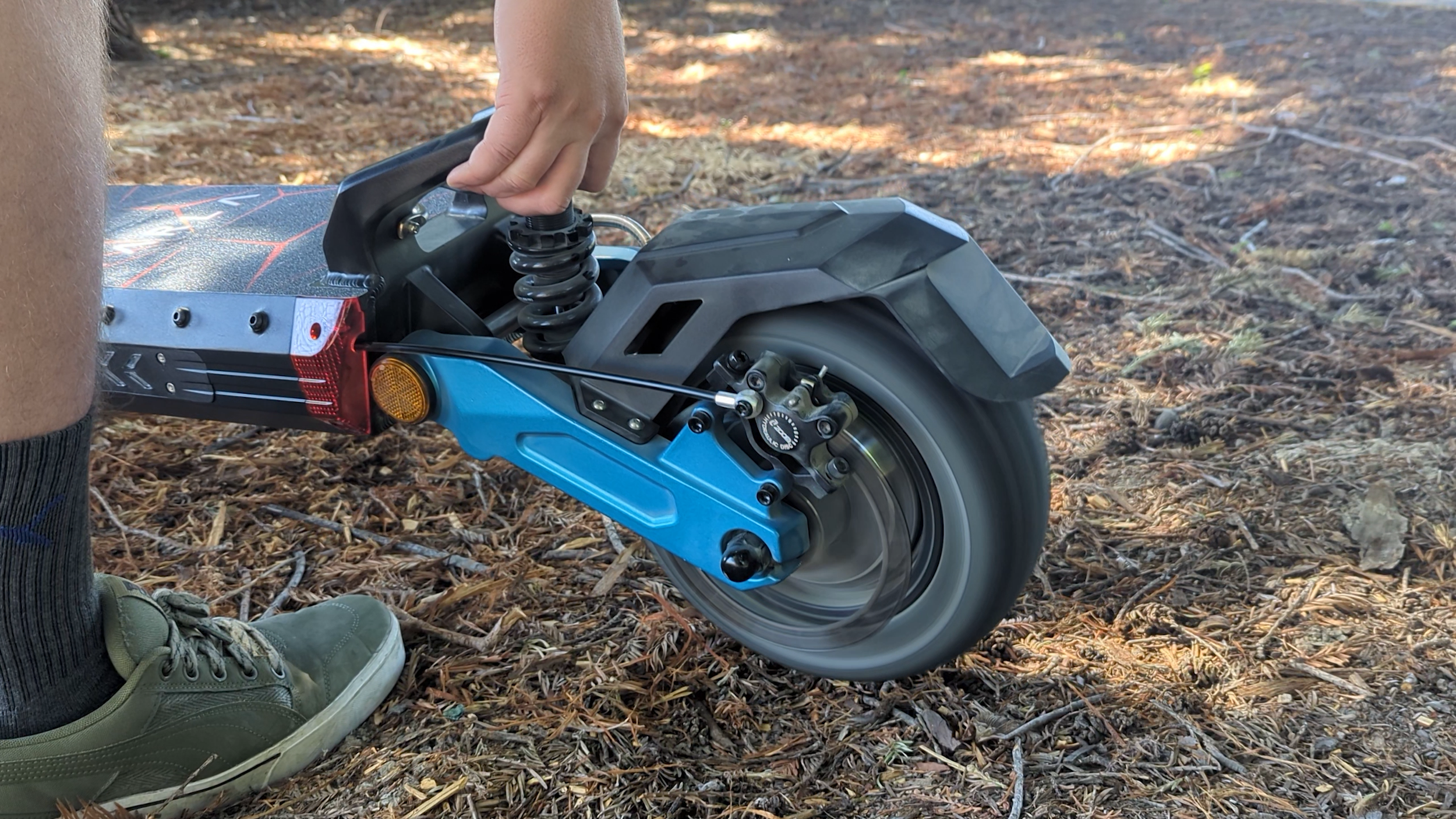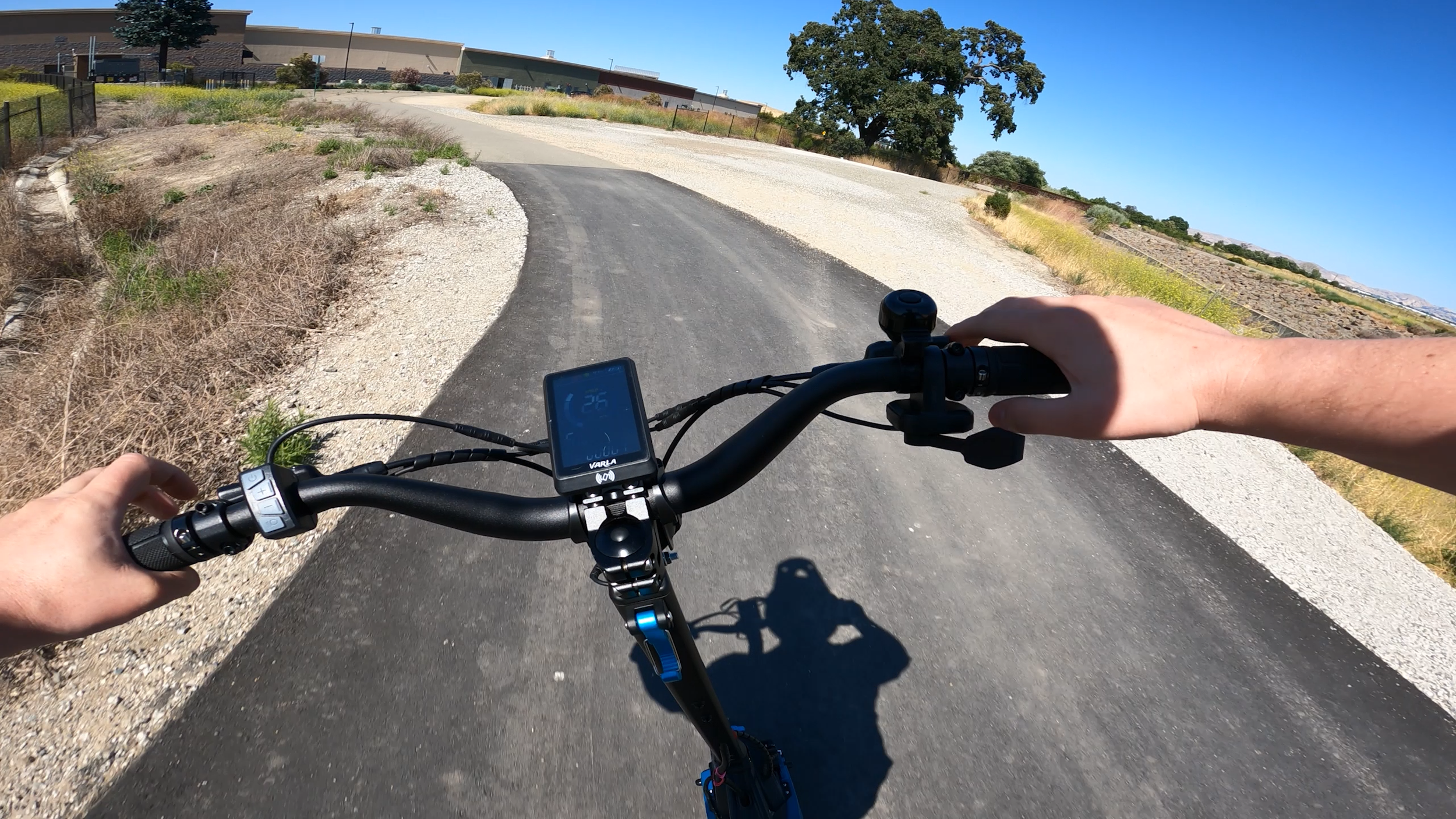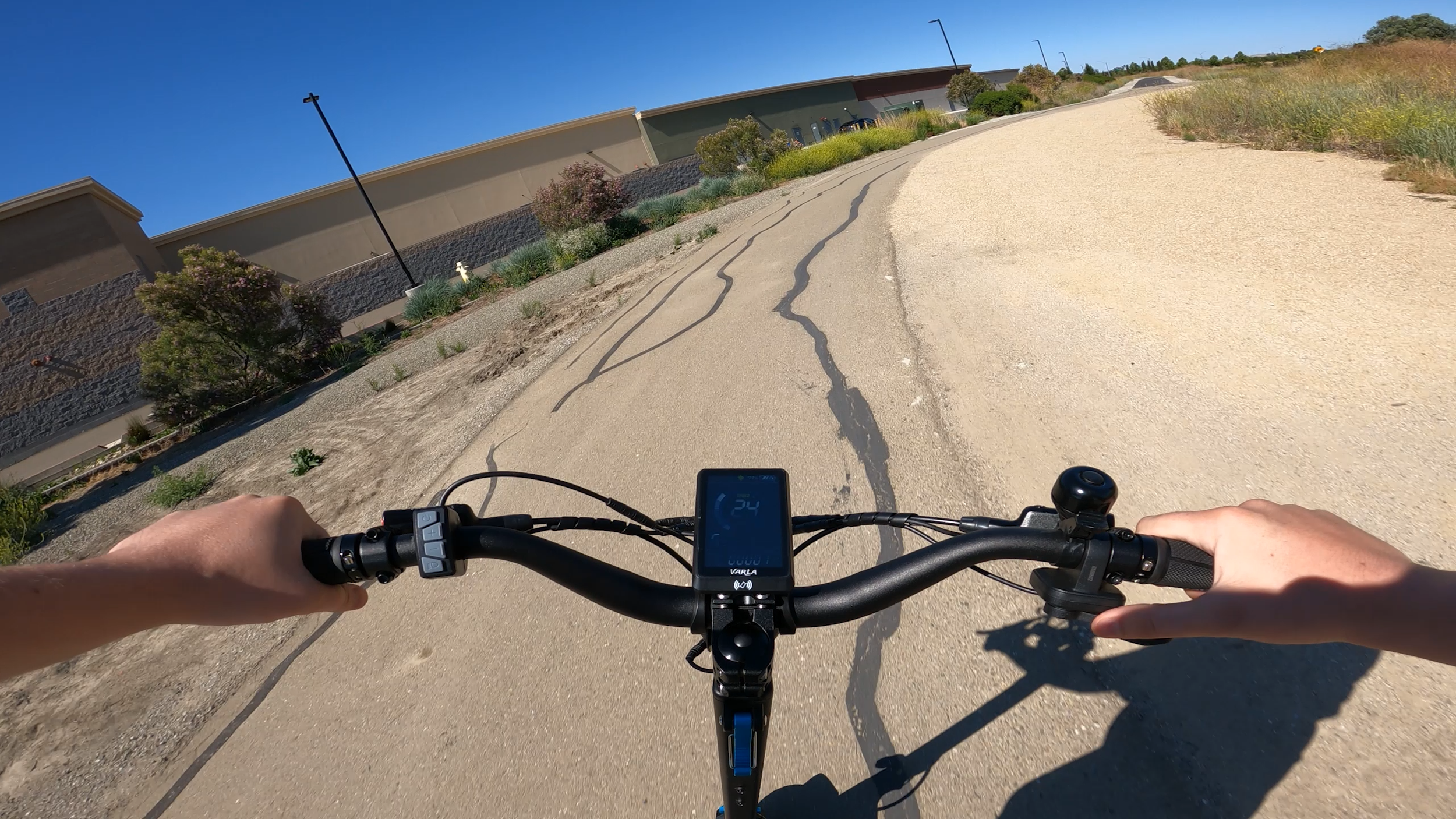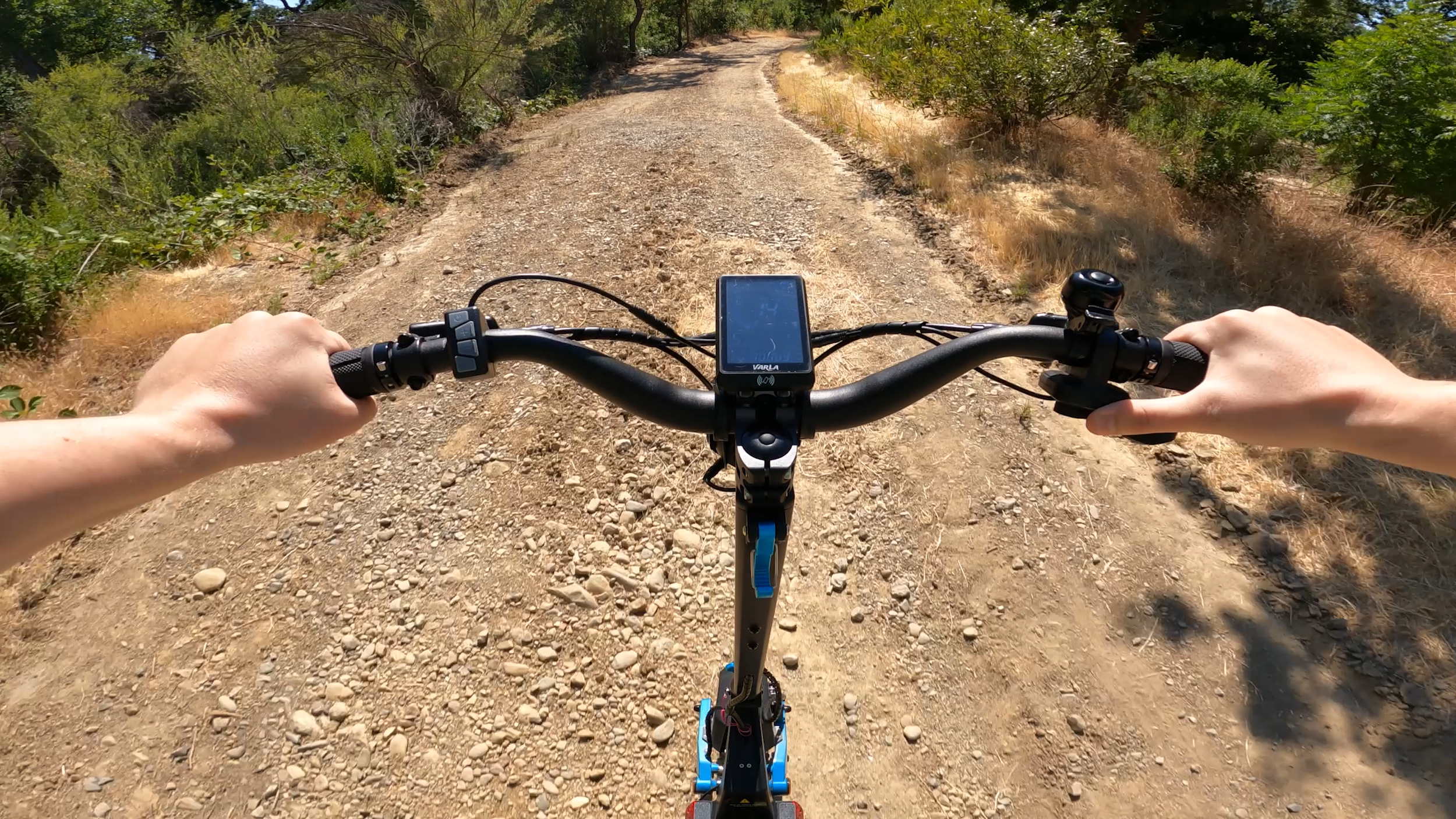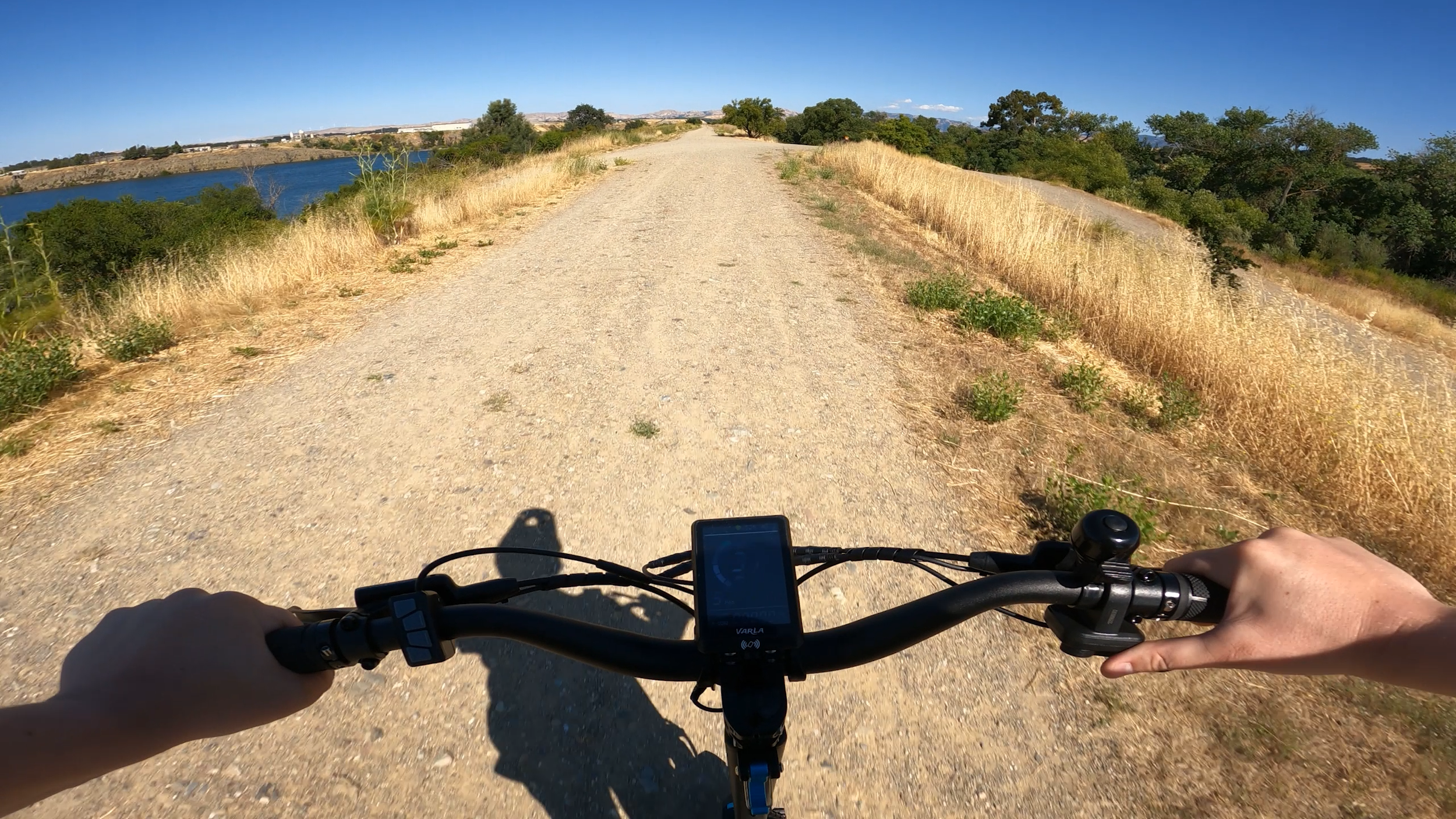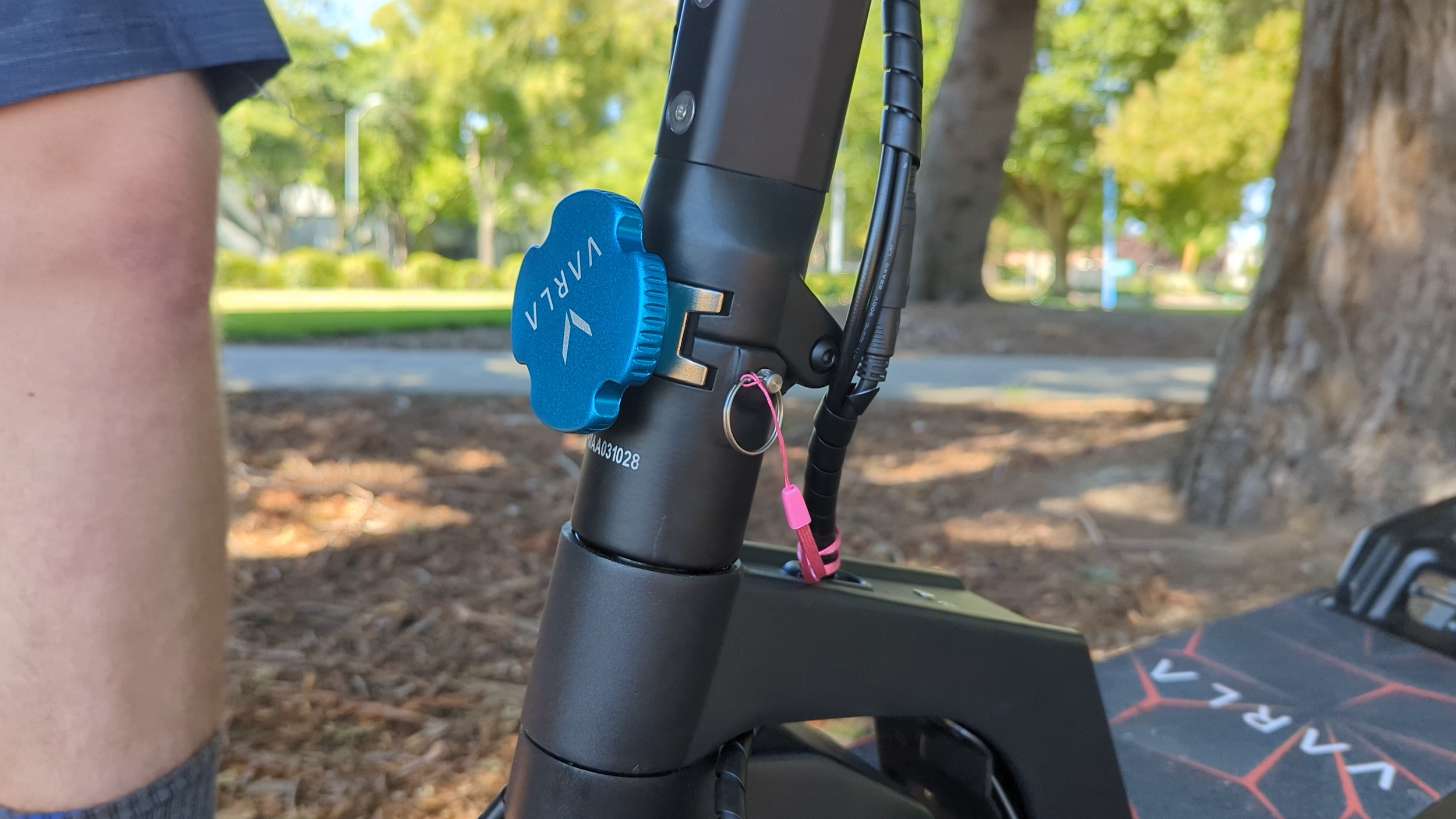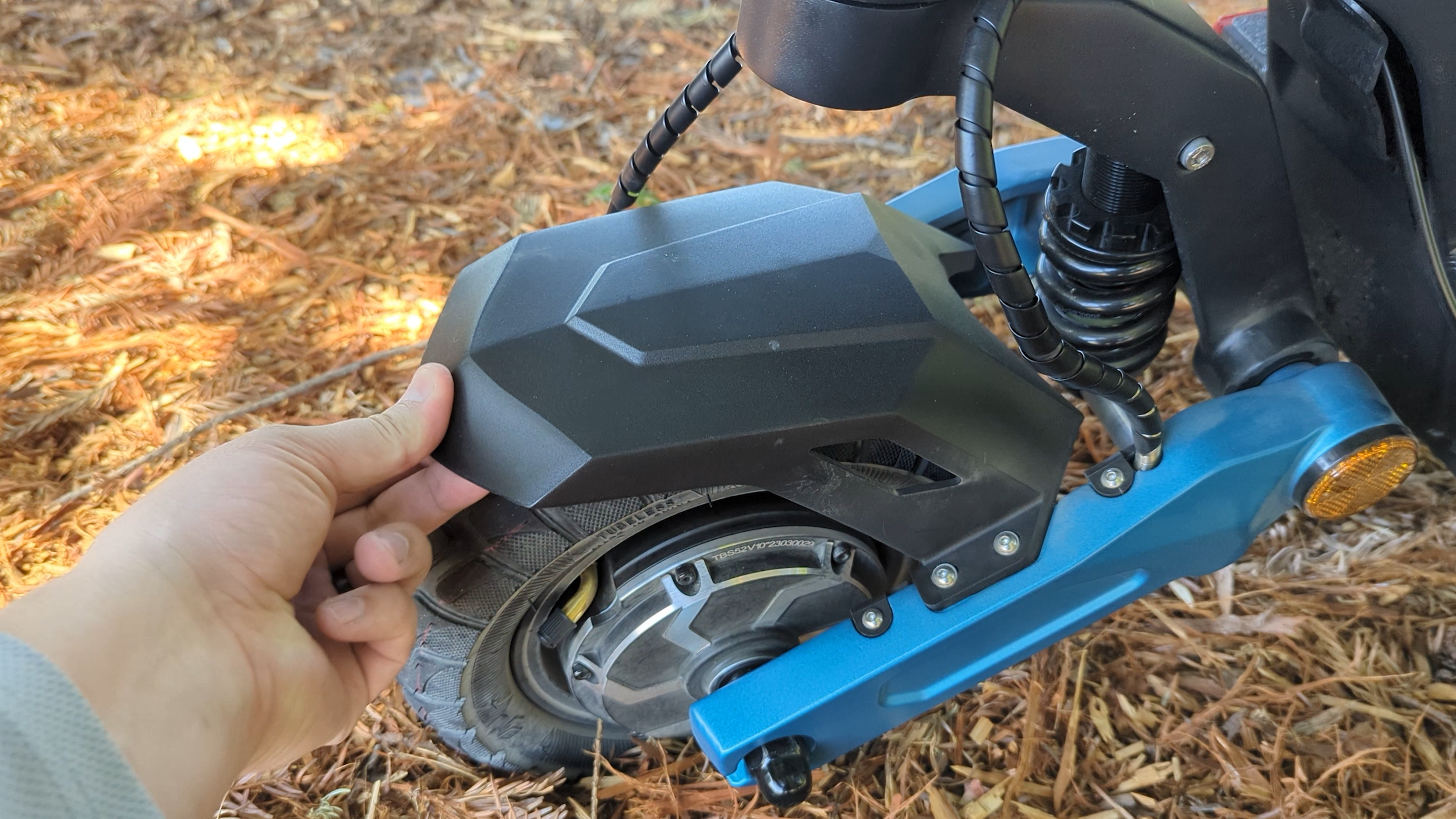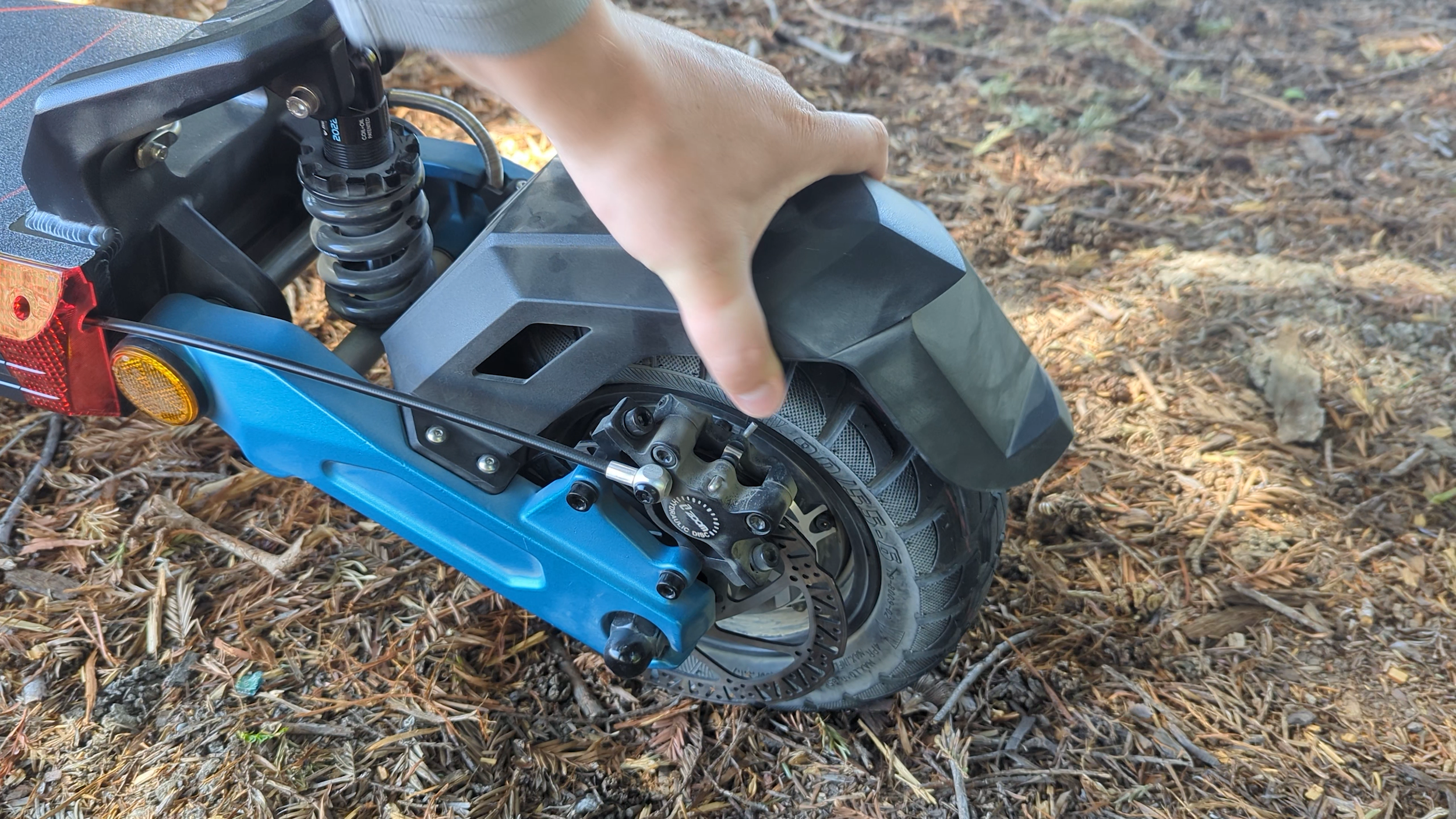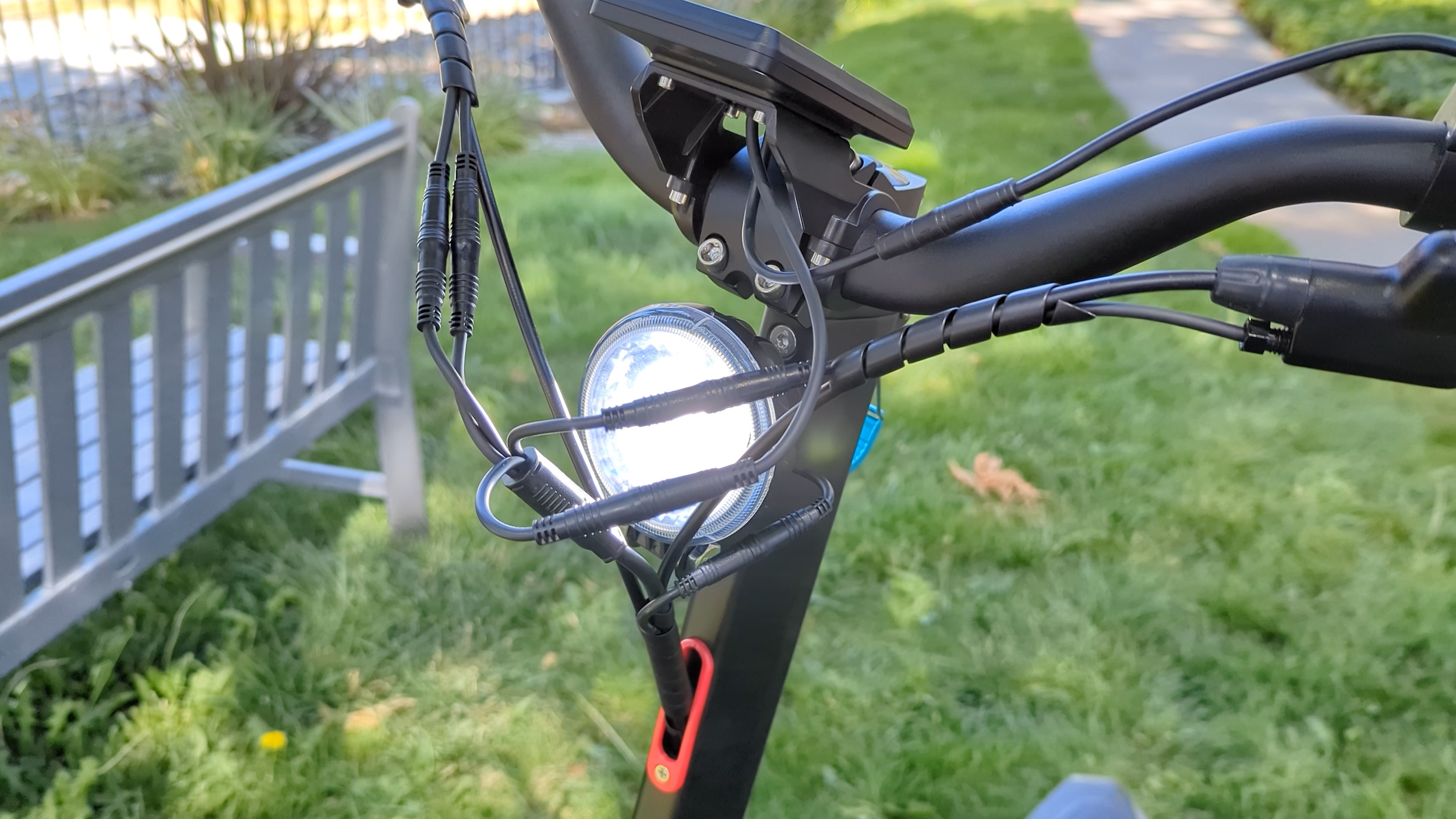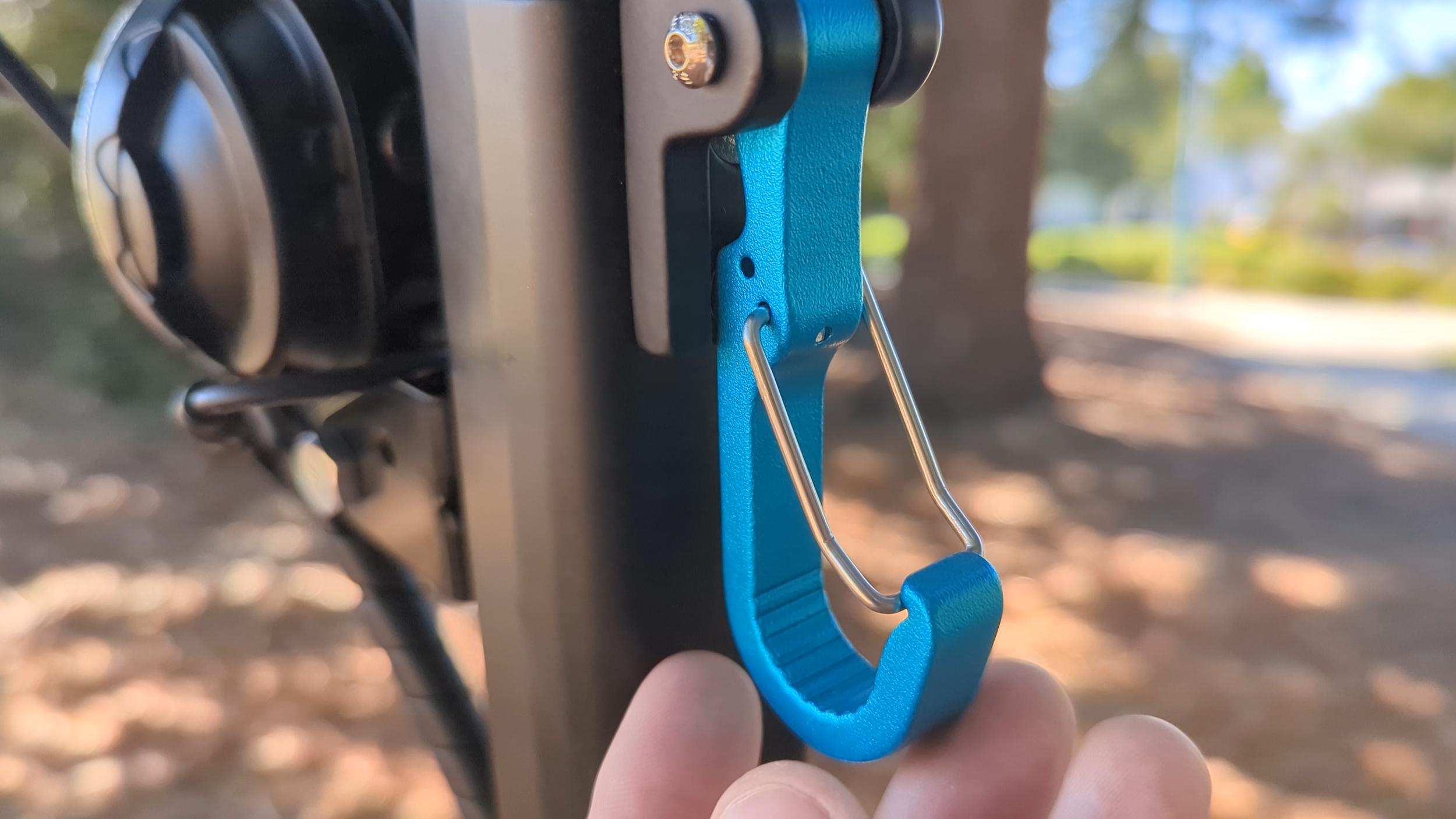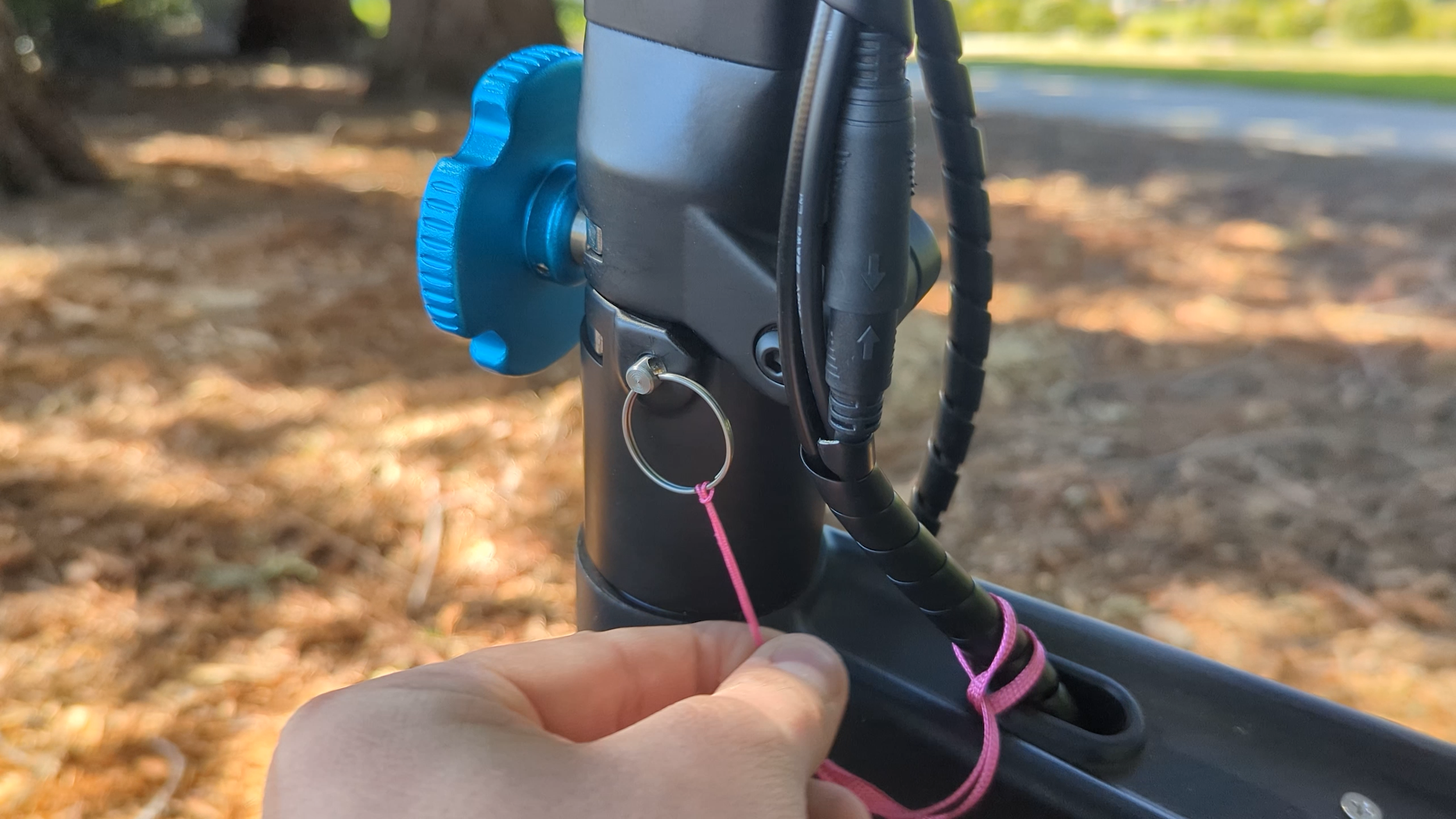Varla Eagle One V2.0 Review: New Design, BIG Upgrades!
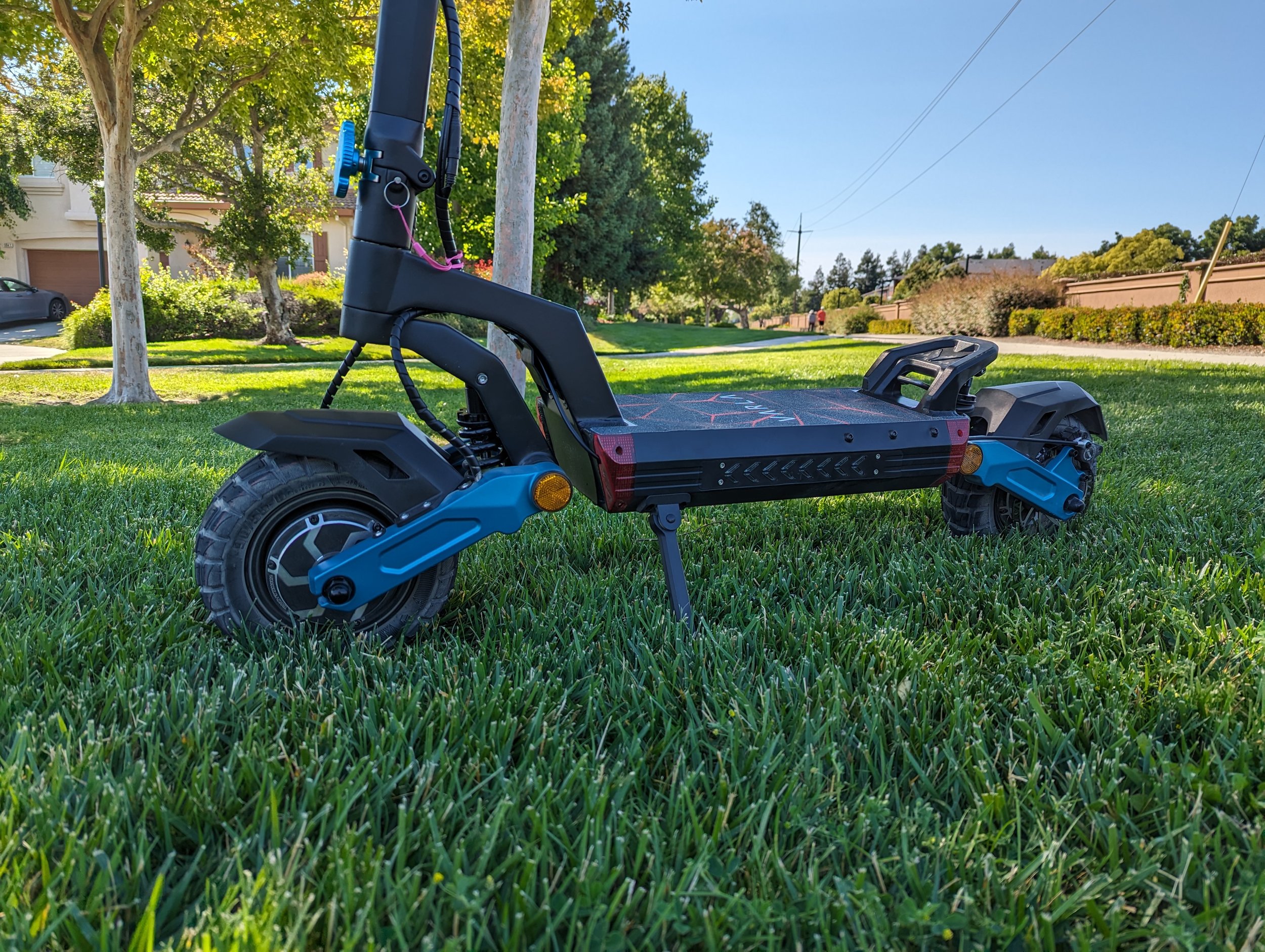
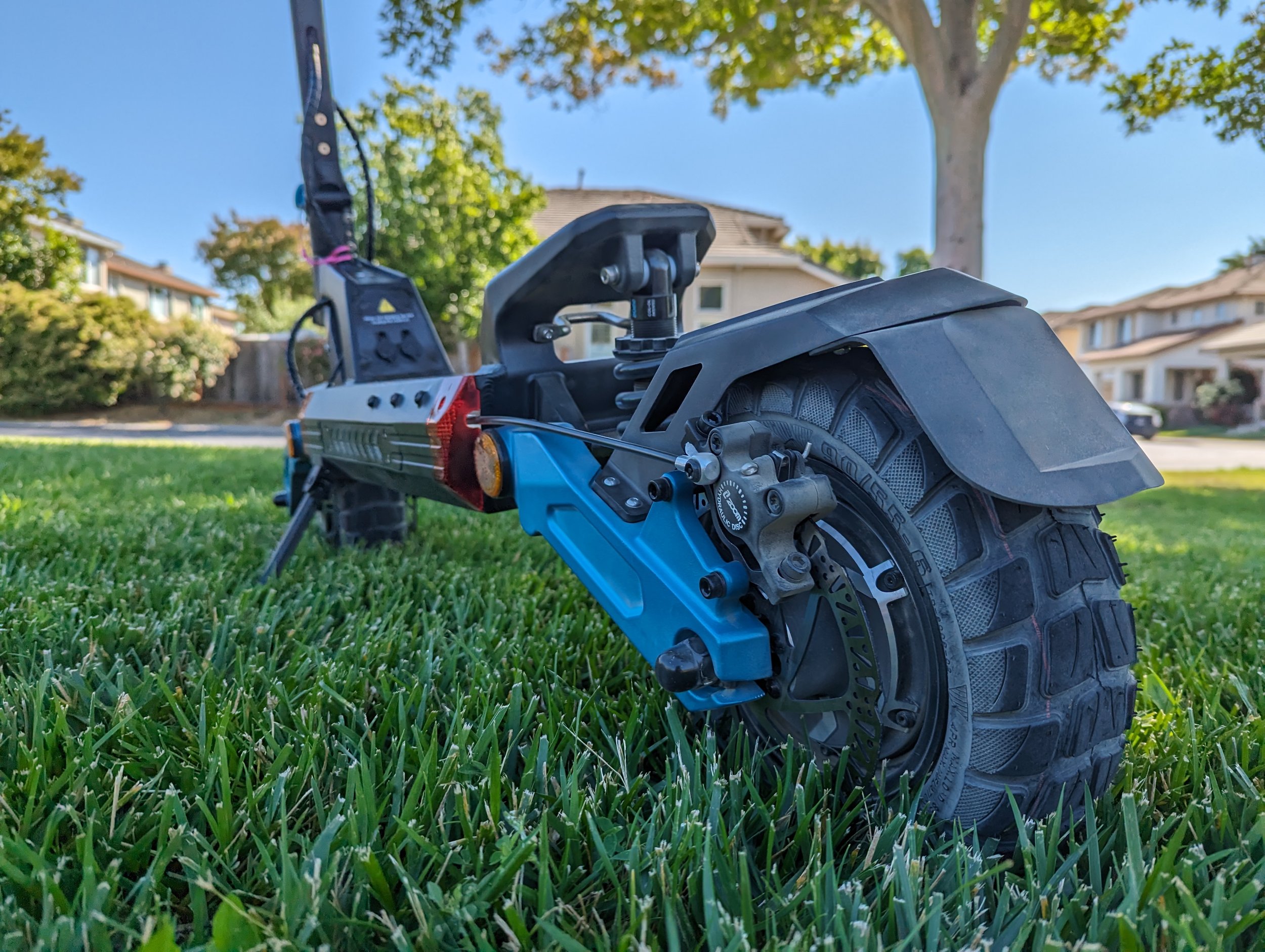

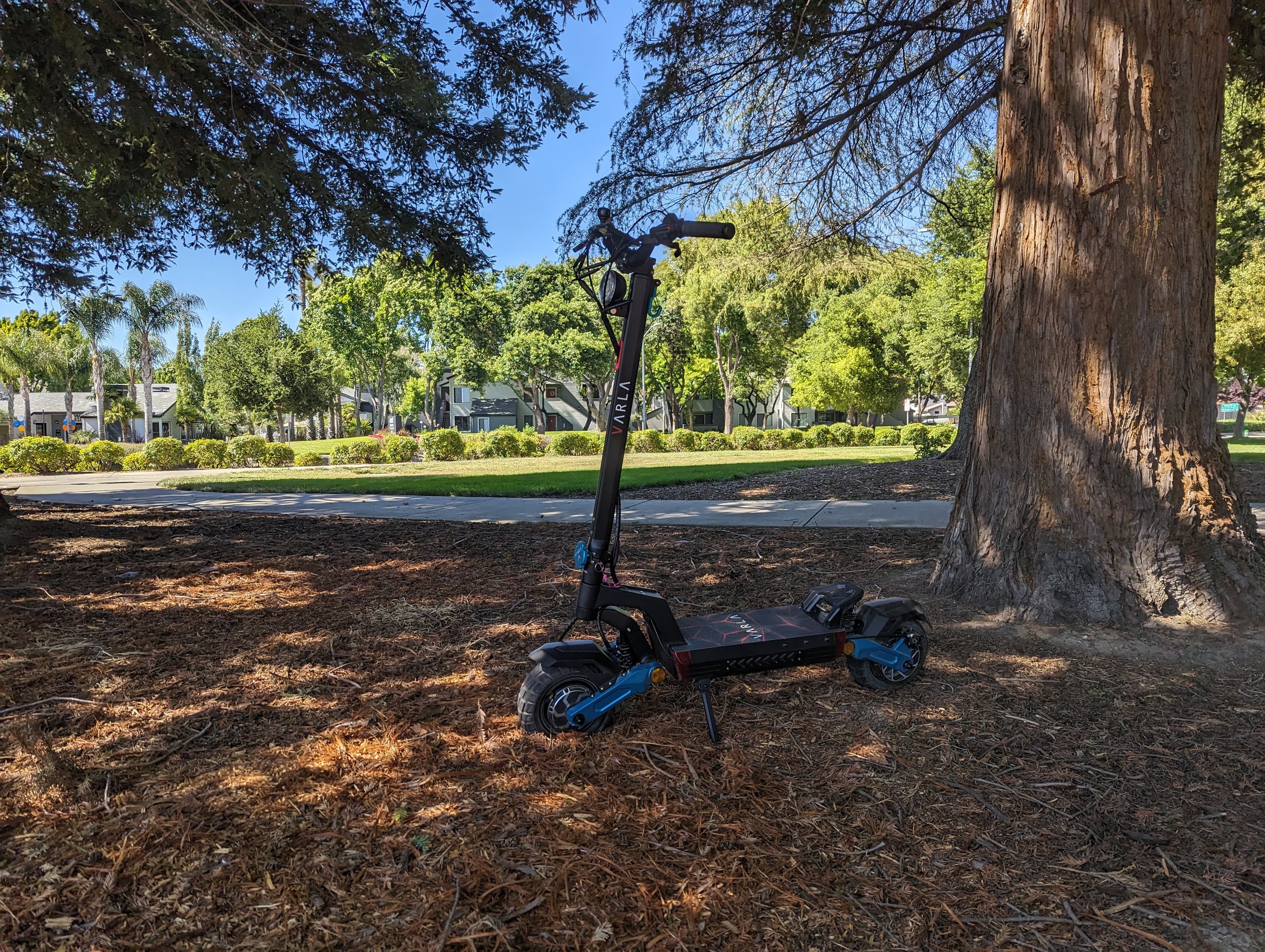
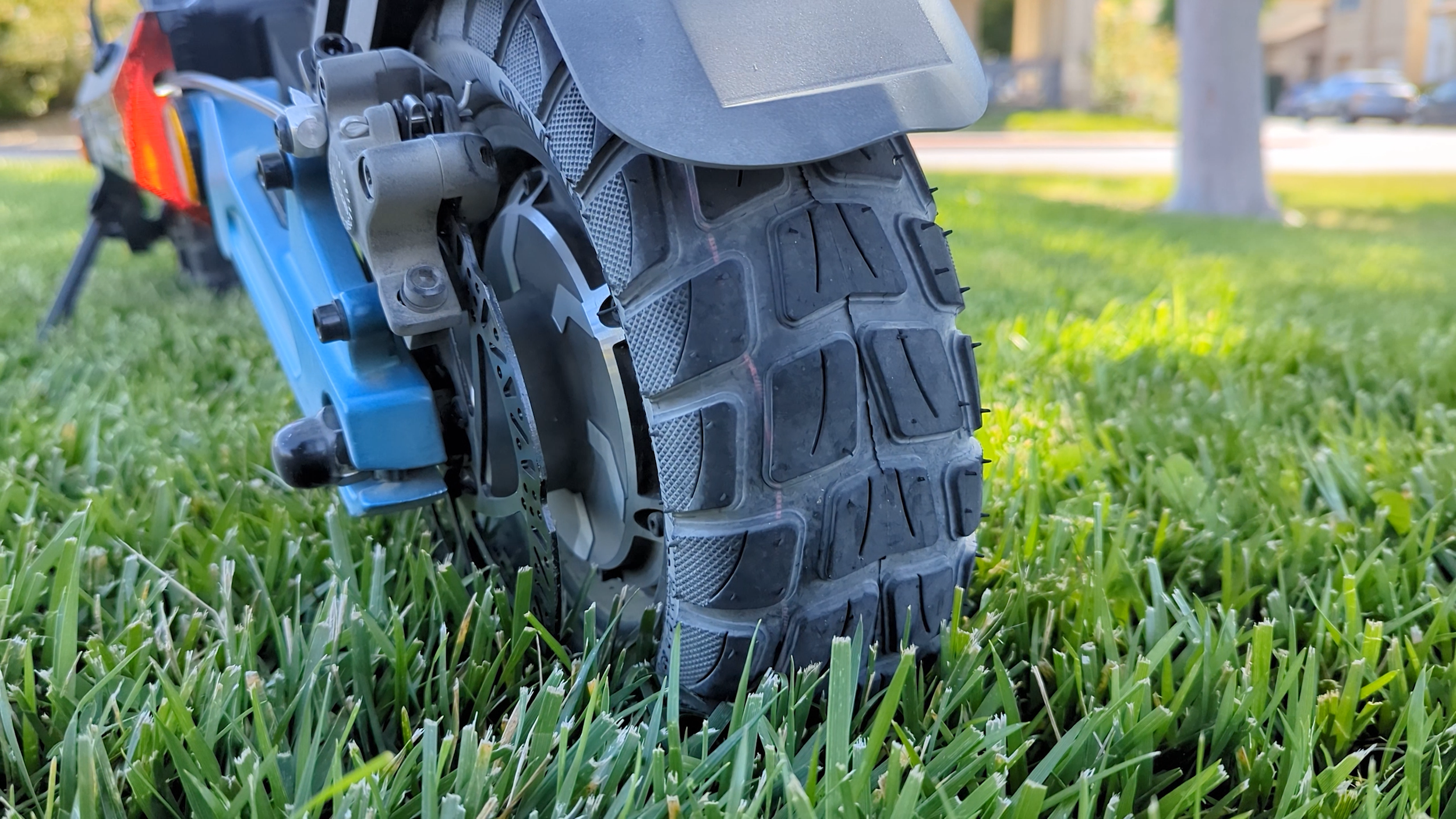
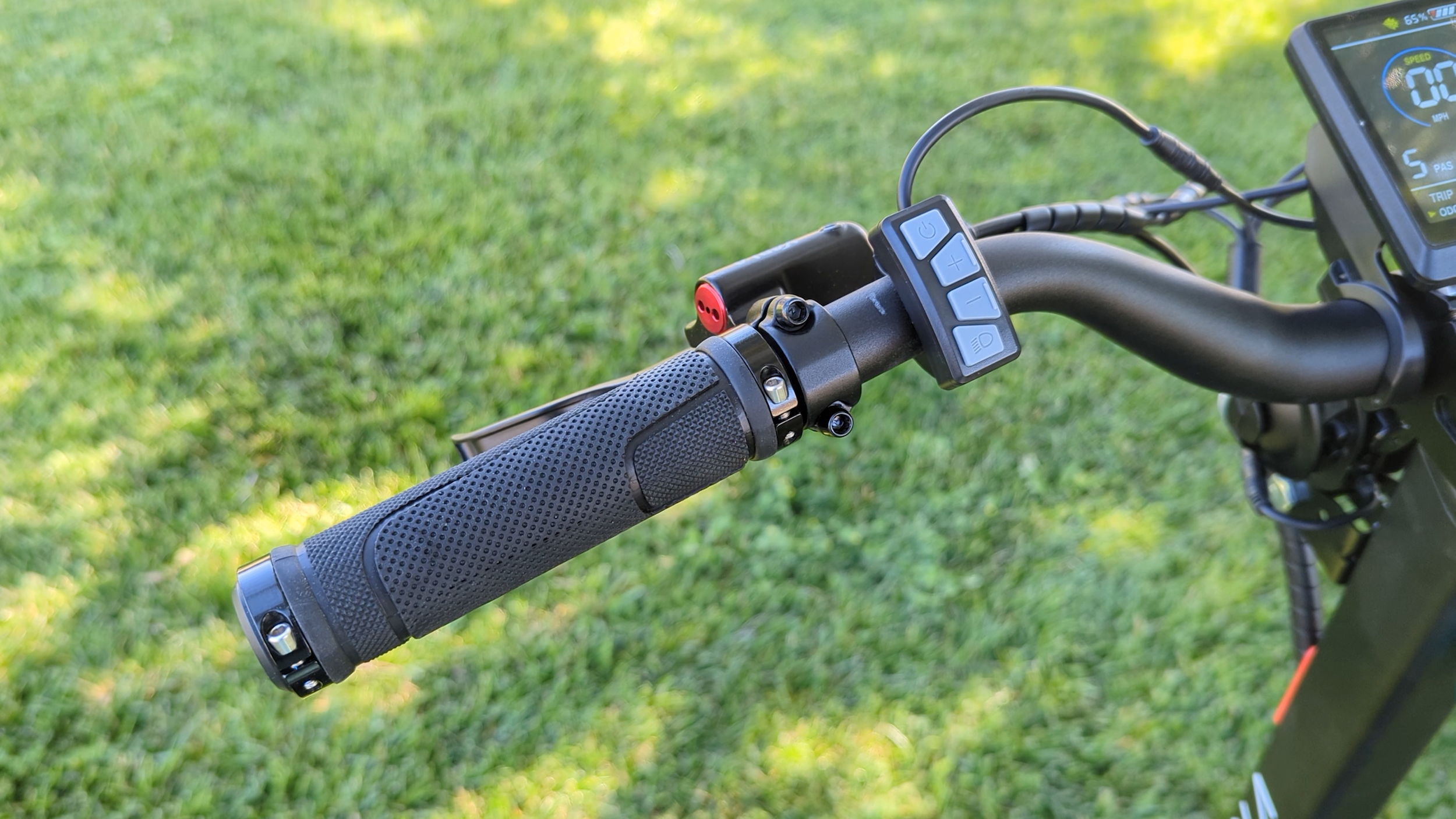
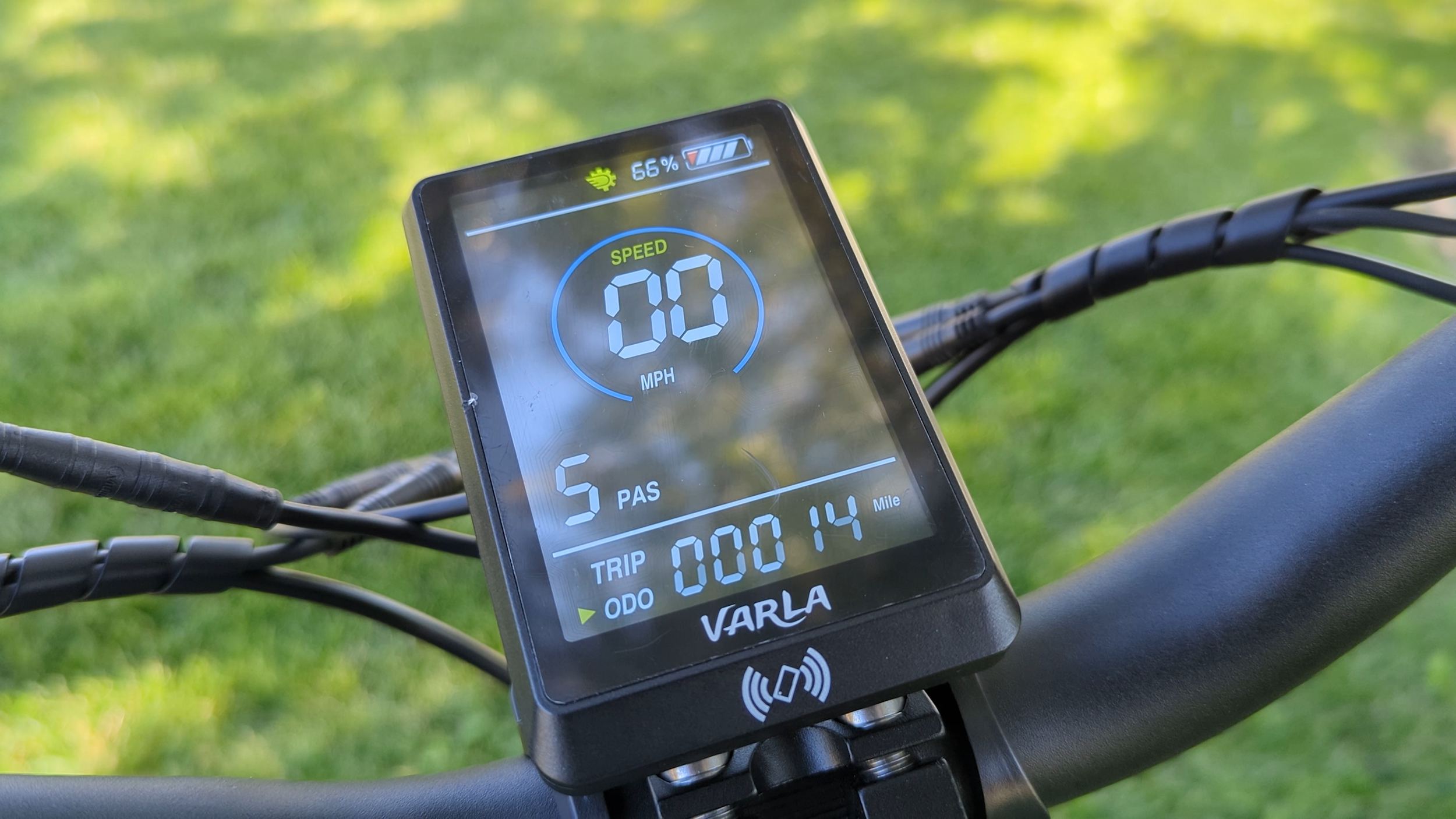

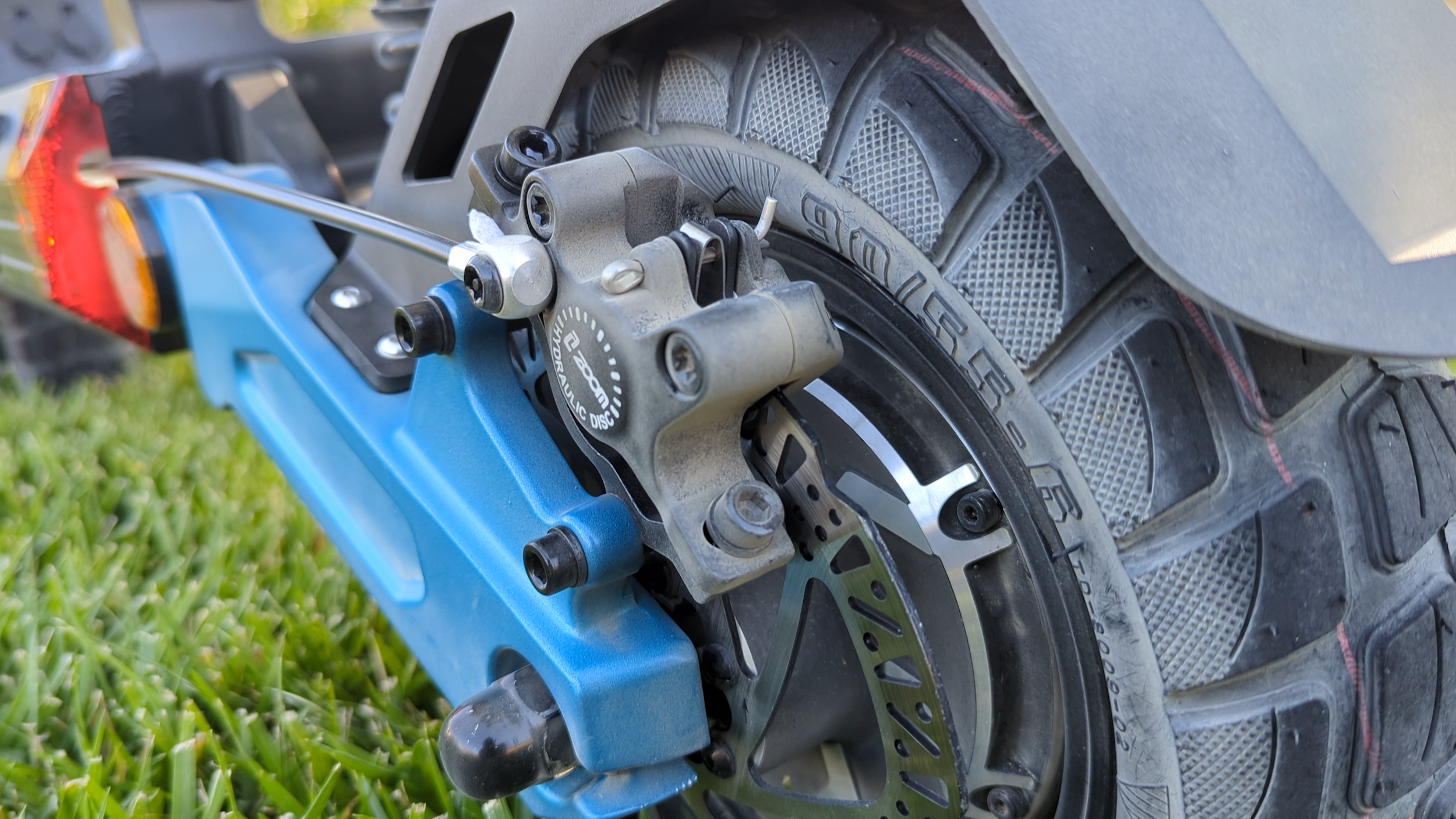

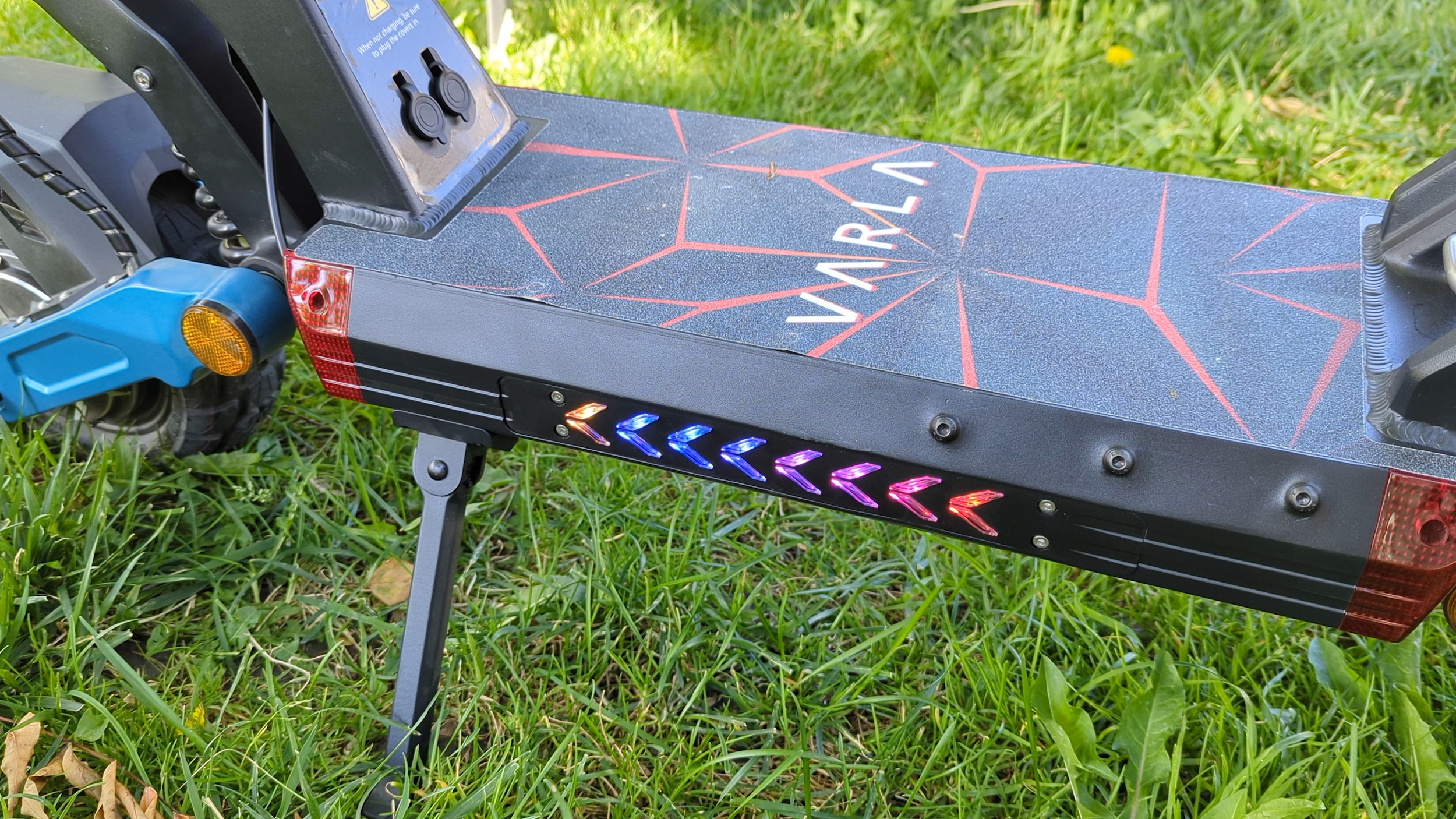
In a Nutshell:
The newly updated version of the extremely popular 40 mph electric scooter, the Varla Eagle One, is here! This new 2.0 version updates the design and offers upgrades across the board, making it one of the best sub $2K electric scooters on the market.
The Good:
Excellent build quality
Spacious riding platform with flat, comfortable rear tail
Good suspension travel & feel
Tall, wide handlebars
Tubeless tires
Hydraulic disc brakes
The Bad:
Deck clip and safety pin rattle constantly
More expensive than the original Eagle One (But easily worth it, IMO)
Price: $1699 ($100 off at checkout using LINK below)
Specs
Motors: Dual, 1000W x 2
Wheels: 10 x 3.5 in, tubeless pneumatic
Battery: 52V 20.8 Ah
Top Speed: 40 mph (64 km/h)
Advertised Max Range: 42 mi (67 km)
Tested Min Range: 20 mi (32 km)
Weight: 82 lbs (37 kg)
Max Rider Weight: 330 lbs (150 kg)
Dust/Water Resistance Rating: IP54
FULL REVIEW
I’ve owned the original Varla Eagle One for almost 3 years now and even with all the other scooters I’ve owned and reviewed in that time, the Eagle One has been the scooter I’ve ridden the most. I’ve made 14 YouTube videos with it and beaten the ever-loving snot out of it both on and off camera. It has withstood all my abuse and had basically zero issues, and as a result has been a scooter I’ve recommended for a long time. I doubt there is anyone that has done more with their Eagle One or knows the scooter better than I do.
So when I say that the new Eagle One 2.0 is better than the original in almost every possible way, that should tell you how great this scooter is. It’s clear that Varla has upgraded the Eagle One across the board, making it the best it has ever been.
The new design captures the essence of the original while making it finally look at home next to the Pegasus and Eagle One Pro. The original Eagle One was one of the many rebadges of the Unicool T10-DDM, but now Varla’s dual motor line-up consists of nothing but unique models.
Taking the positive aspects and features of the Pro, folding those into a smaller more manageable package, and combining that with a very reasonable price is a combo that makes the Eagle One so compelling.
The Eagle One 2.0 is still available in the classic red color, but I had to go with the new blue color option to match my logo colors.
Before I look at the components, features and performance, I want to look at the most tangible difference with the new model: the build quality. Like I said, I was able to beat up the old Eagle One without breaking anything, but the new model has a rock solid feel that the previous one just didn’t have. There is no stem flex, thanks to the thicker steering tube and better locking mechanism, there are no hints of body flex or plastic-y groans, and it's just an overall chunkier, more well-built scooter.
The dimensions are also great, with plenty of space for my feet, a flat, comfortable rear tail, and tall handlebars that rise up a whopping 42 inches above the riding platform, keeping me in a great, relaxed riding position the whole time. For reference I’m 6’1”.
The new suspension keeps the comfortable, floaty feel that the original had, while improving upon it with a less bounce and rebound. This, with the updated build quality makes potholes and other bumps at full speed a breeze for it to handle. It has a decidedly more stable, solid feel at high speed and while cornering.
The tires are 10 inches in diameter, a good balance of ride comfort and portability, while getting the much-needed upgrade of being tubeless. This means no pinch flats and decreased chance of puncture flats. Tire sealant also works significantly better on tubeless tires. The tire profile is less rounded than before which makes for better traction, while not being so flat that it affects cornering feel.
The new version steals features from both the Pegasus and and the Pro, starting with the new center display. A display like this is pretty standard by now for scooters at this price, but it's a huge upgrade over the small little circle display built into the throttle of the old model.
The Eagle One now has the thumb throttle that the Pro has and that most new dual motor scooters come with. It has a bit of a dead zone, but after using this style of throttle for so long on other scooters I’ve actually come to really like it. It feels like the style that gives you the most control over acceleration. Anchoring your thumb on the body of the throttle is the most comfortable and natural way to fine tune your speed.
Control over the display, riding modes, dual and single motor modes and p-settings is all done from the new button panel which is an upgrade over the old plastic ketchup and mustard buttons.
Varla has gotten rid of the key lock and gone the same route as the Eagle One Pro with an NFC lock. It comes with two fobs to unlock the scooter, or you can just do what I do and turn off the lock completely using the p-settings.



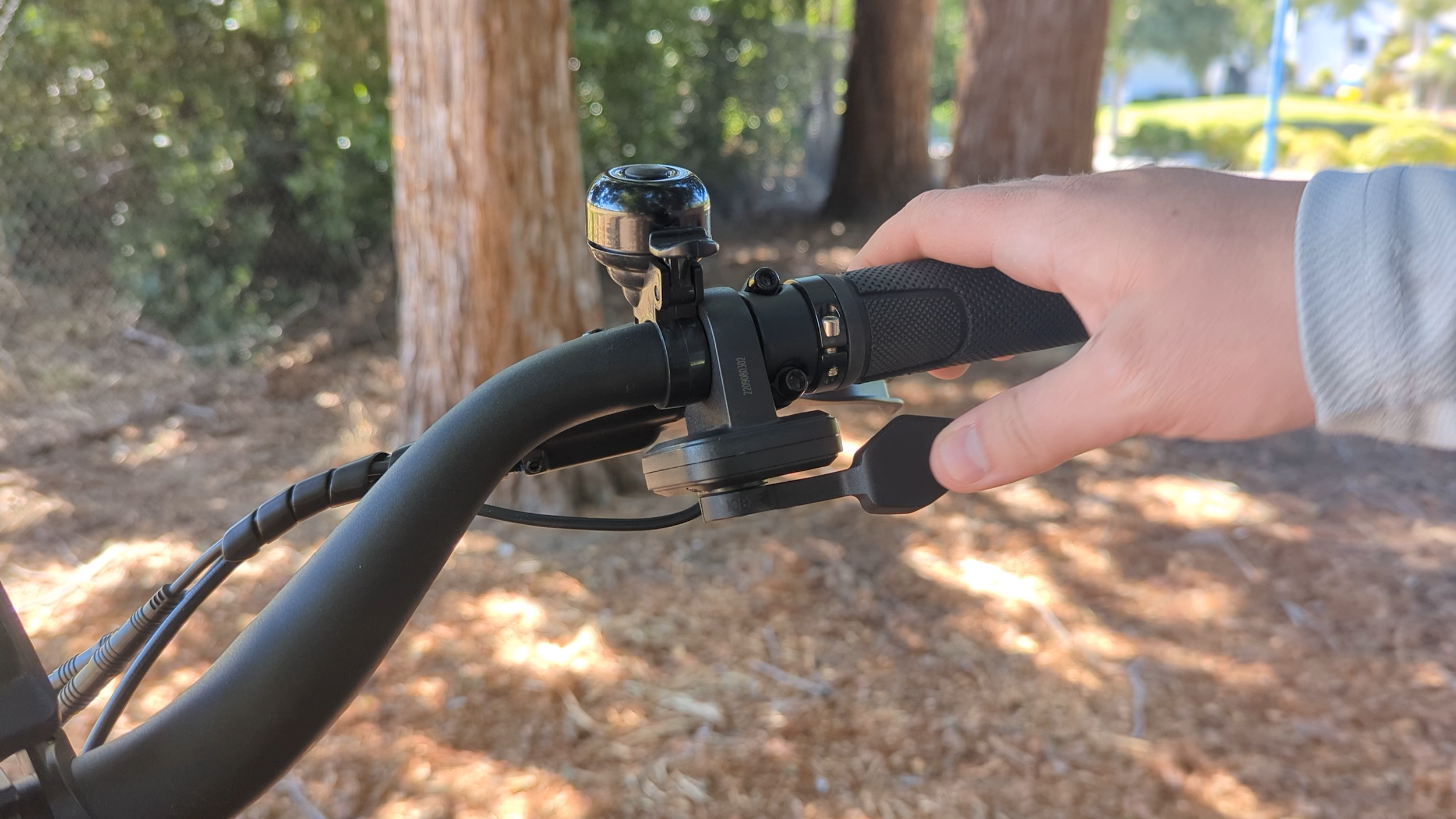
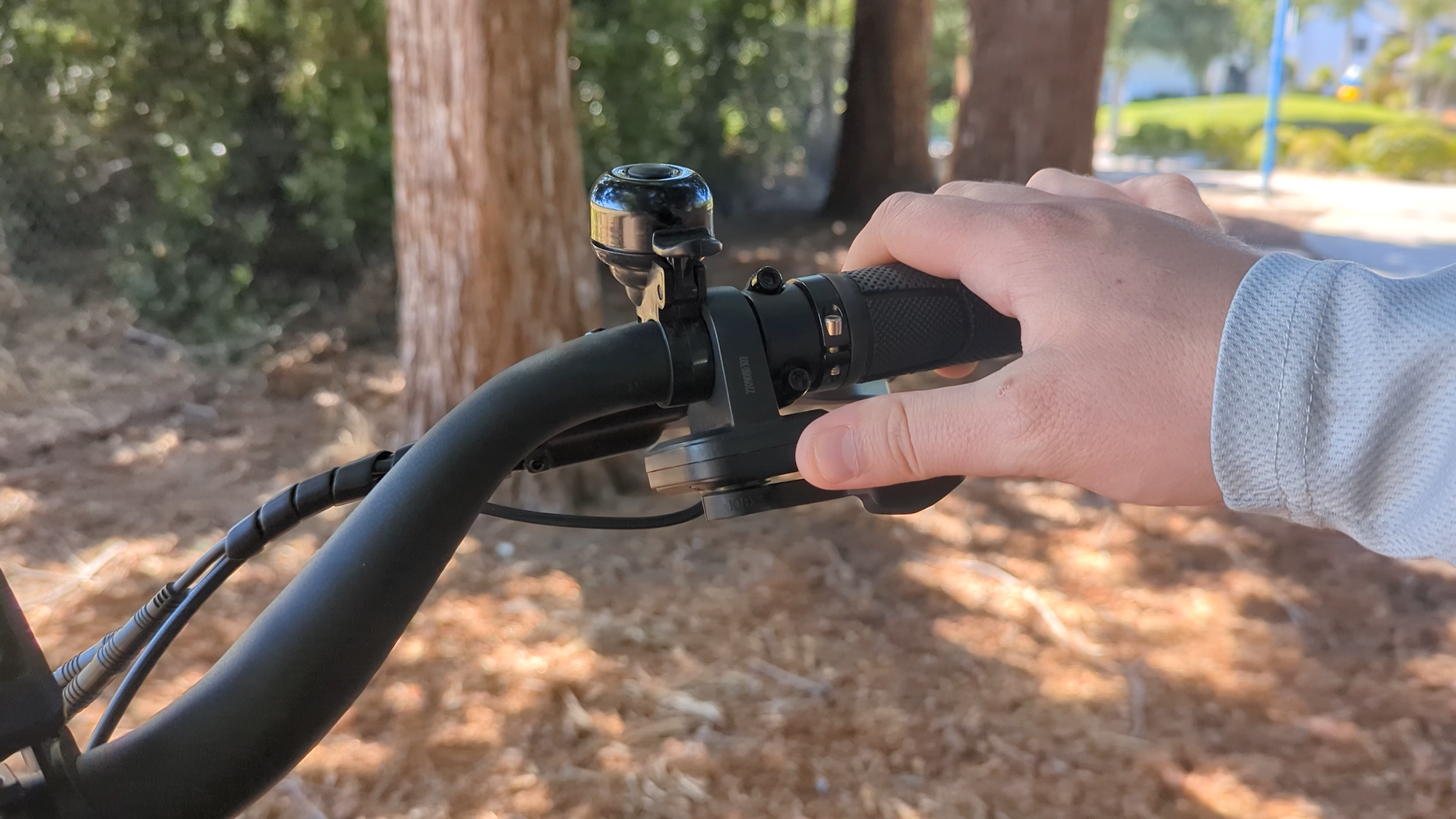
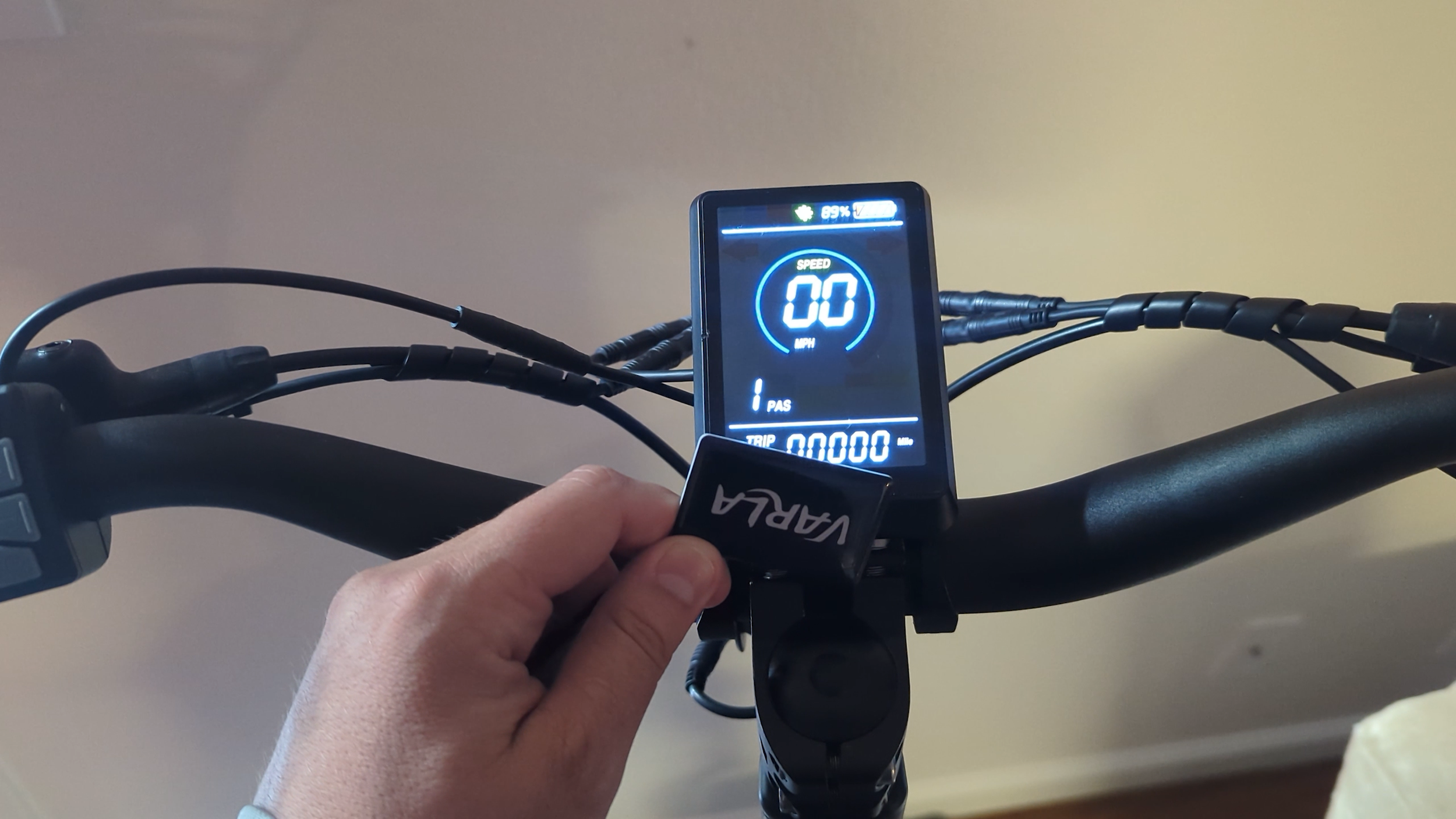
And before I move into performance, Let’s take stay on the p-settings for a second because there are a couple settings you should change before riding this scooter.
The biggest one is the start strength, p-setting 6. Like the Pegasus, the Eagle One comes with the start strength set to the lowest setting. So if this is your first scooter ever, then it might be nice to have an easy, slow takeoff as you get comfortable with riding. But I mean, it has a very slow, shallow acceleration curve out of the box and eventually, you’ll want to increase the start strength. I have mine upped from 1 all the way to the maximum of 5 for an extremely snappy take off, but even a jump to 3 makes the Eagle One feel much more like the quick, dual motor scooter that it is supposed to be.
Varla says this is a 40 mph scooter, but like the original, it can only break 40 mph in the perfect circumstances. It is much more accurate to say that this is a 35 or 38 mph scooter because that’s a more realistic top speed on flat ground in most conditions. 35 miles an hour is a really fun speed to ride at and is honestly more than enough for most riders and for basically all practical or recreational uses.
The 5 riding modes allow you to start at a slower speed and work your way up to the fastest speeds as you get more comfortable. Each riding mode caps your speed at progressively higher levels. You also have the option to switch between dual and single motor mode by holding down the plus button. Single motor mode will give you a much less aggressive acceleration curve and also extend range a bit.
The dual 1000W motors offer the same motor power that the previous version had, offering plenty for a strong pull of acceleration and no issues with climbing hills.
It has the same addicting acceleration and top speed as the original model, but the new model makes huge improvements in range.
I always range test scooters in the highest riding mode with the fastest acceleration settings, so my range numbers reflect the minimum range you can expect to get. The Eagle One V1 gave me 15.8 miles of range, which by 2023 standards, is pretty low.
The Eagle One 2.0 with the same settings and with the acceleration p-setting maxed out at 5, gave me exactly 20 miles of range, a nearly 5 mile improvement over the previous version. Keep in mind that riding at a lower average speed, using a lower acceleration setting, or riding in single motor mode will extend your range.
In my full review of the Eagle One V1 I said “The more I ride, the more I feel like I need closer to 20 miles of range to fully complete a lot of the rides I want to do. I’ve run out of battery on longer rides more often than I would like.” and now the Eagle One fulfills that request, finally shoring up its biggest performance weakness.
For both the Eagle One V1 and the Eagle One Pro, Varla started off with mechanical disc brakes as the standard brake option, but on both models, feedback from reviewers and customers pushed them to start shipping their models with hydraulic disc brakes. They didn’t make that same mistake here, starting off with hydraulic brakes as the default option and I’m very glad to see it. Hydraulic disc brakes require less day-to-day maintenance and offer better stopping power than their cable-driven counterparts. I consider hydraulic brakes a requirement on any dual motor scooter at this level and these do a great job for both small speed adjustment and quick, hard braking.
As I talked about a little at the beginning of the review, the ride comfort of the new Eagle One has been improved quite dramatically. The steering is smooth and not overly stiff, while preventing speed wobble at high speeds. It also loses the notched steering that the old version had that locked the steering forward. The new geometry distributes your weight further back, making cornering more stable and the suspension makes for an extremely pleasant cruising feel even at the top speeds.
The first Eagle One had a bit of a raw, lawless feel to it and the new version takes that energy and wrangles it into a precise, confidence inspiring package that I love riding.
If you are familiar with my channel then you might have seen one of a number of videos I did off-roading with the Eagle One V1. While I haven’t put the V2 through the same things I put the old one through, it has held up just as well in my testing so far. It feels just as capable off-road as the V1.
The only small thing I encountered while off-roading was the folding mechanism vibrating loose. The stem can’t fold down while riding thanks to the safety pin, but I did have to stop to tighten the mech once. Once I cranked the lock down tightly it didn’t loosen up for the rest of my ride, so be sure to properly tighten the stem lock before riding.
The rear suspension coil on the V1 had a bit more travel, but the V2 makes up for this with better overall suspension feel and a more rigid, solid build. I’m excited to see how it continues to hold up in rougher off-road riding.
Portability is about the same as the V1, with similar length, height and weight, but the V2 has a deck latch to keep the handlebars from moving around when the scooter is folded. I might be biased because I’ve been hauling 100 pound plus scooters up and down the stairs to my apartment for the past month, but the Eagle One is very manageable to carry around, not overly large or overly heavy, especially given the performance that it packs.
The IP54 dust and water rating makes it okay for dirt riding, puddles, and light rain, but don’t leave it out uncovered in the elements. The fenders are made of a hard plastic and do a great job of protecting you from water kick up. They’re installed solidly and don’t make any rattling noises and don’t rub against the wheels at all.
The last few features to look are the lights. The rear brake lights are not super visible, but do wrap around the deck a bit to try and increase visibility. The headlight though, is fantastic: big, bright and mounted high to make it actually usable for night riding. There is also ambient lighting on the sides of the riding platform that you can turn on by holding down the minus button for a few seconds. You can cycle through the different lighting patterns with the light button.
I’m personally baffled with how little I have to critique with this scooter, but here are a few small criticisms that I have:
First, the front suspension was quite squeaky out of the box, which was annoying for my first ride out on it, but a little grease eliminated the squeak completely. However, the noise that I can’t get rid of fully without modifying the scooter is the metal clicking from the stem clip and the ring on the safety pin. They tend to just continually tap against the scooter the whole time I’m riding. Both issues are solved with a bit of tape to keep them in place, but if you are constantly folding and unfolding the scooter, then this solution doesn’t work and you’ll have to just deal with it.
You can tell that Varla tried to solve this issue with a magnet for the stem clip, but the magnet just isn’t strong enough to keep it in place. Overall, this is a tiny issue that has no effect on my review of the scooter, I’m just getting a little nitpicky at this point because I’m having trouble finding things that I actually dislike about it.
I figured that the Eagle One would eventually get an upgrade and I had a bit of a mental checklist for what I wanted the new model to have and what I wanted it to be. Varla basically checked off everything I was hoping the new Eagle One would be. As good as the old Eagle One was, I was starting to have a hard time recommending it because it was just outdated. Now they have an Eagle One that feels fresh and modern and is an easy recommendation from me, especially at the price. There is a reason that the Eagle One has sold so well, being an extremely capable and fun electric scooter that is a large setup from the entry level stuff without being a huge step up in price. That will no doubt continue with it getting such a solid upgrade across the board.
You can check it out at the link below, where it's $100 off!
